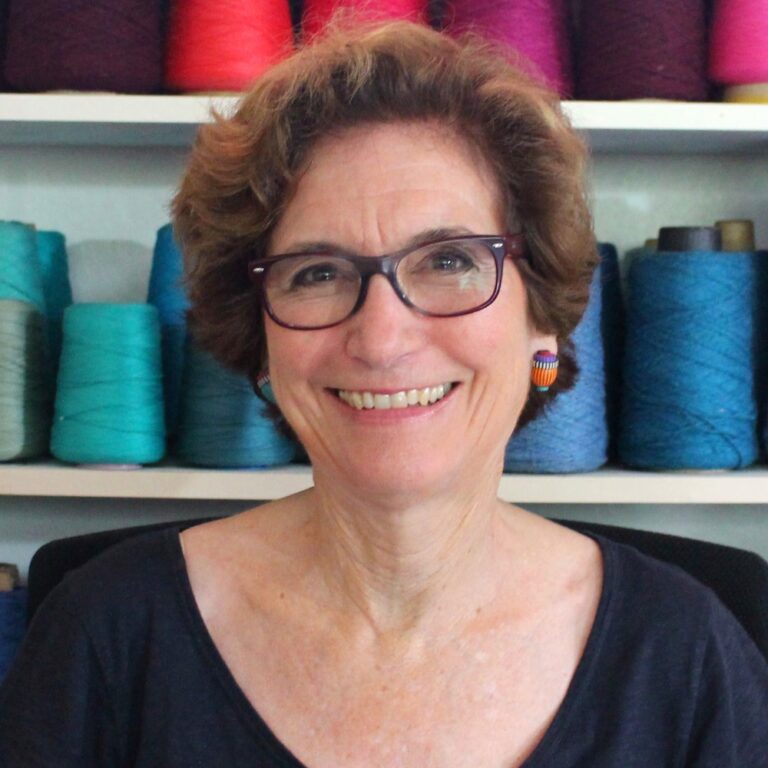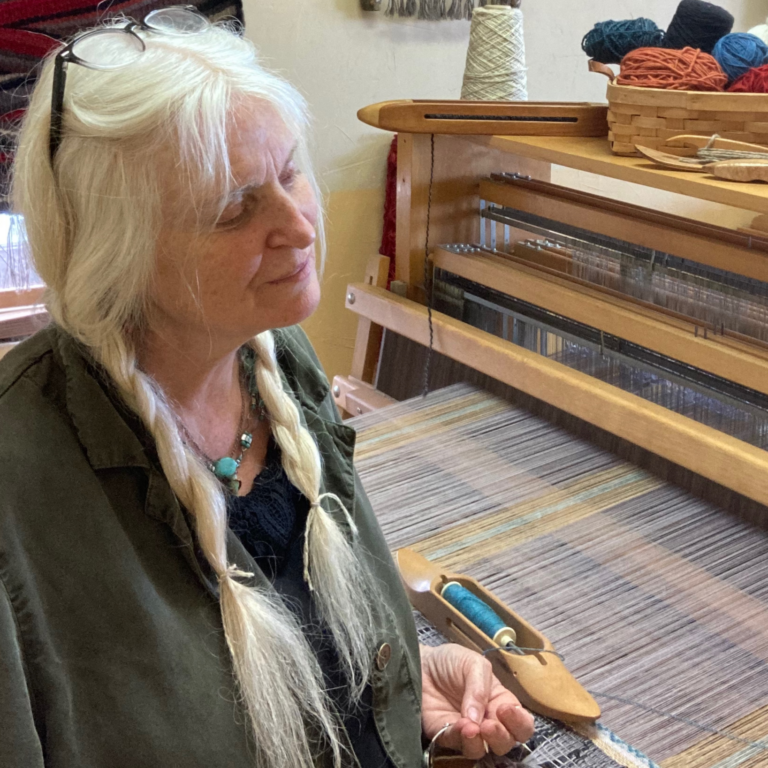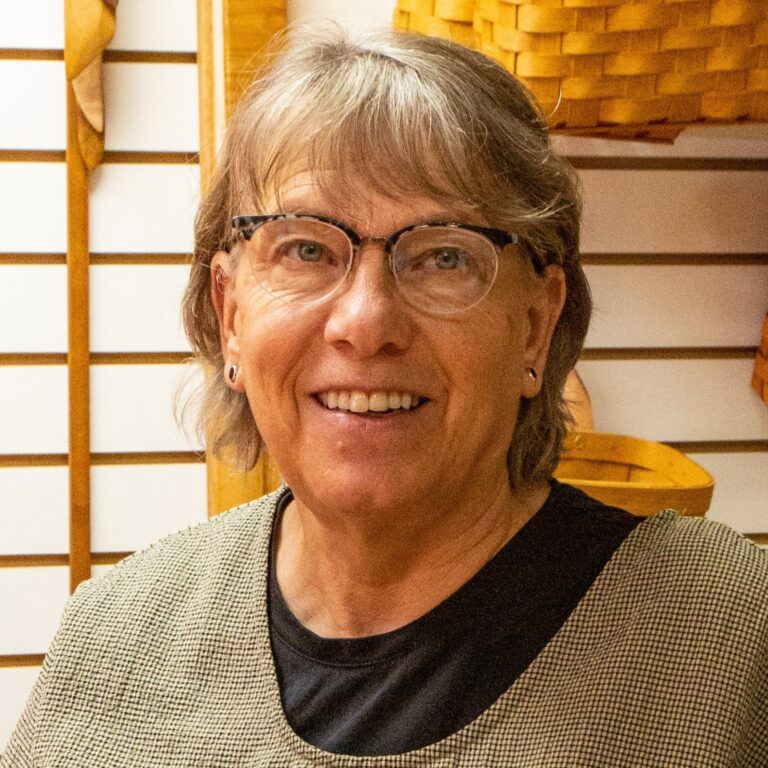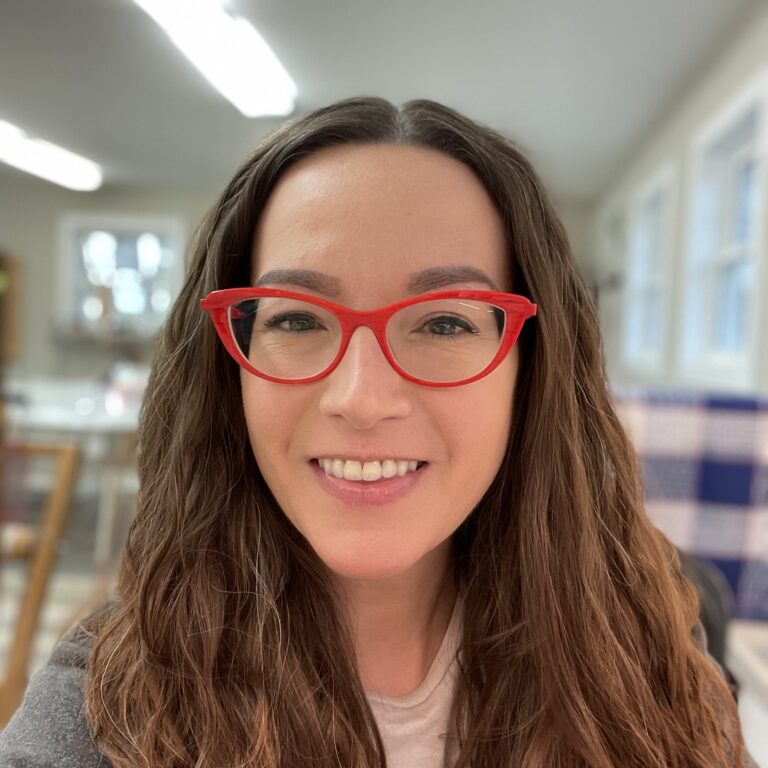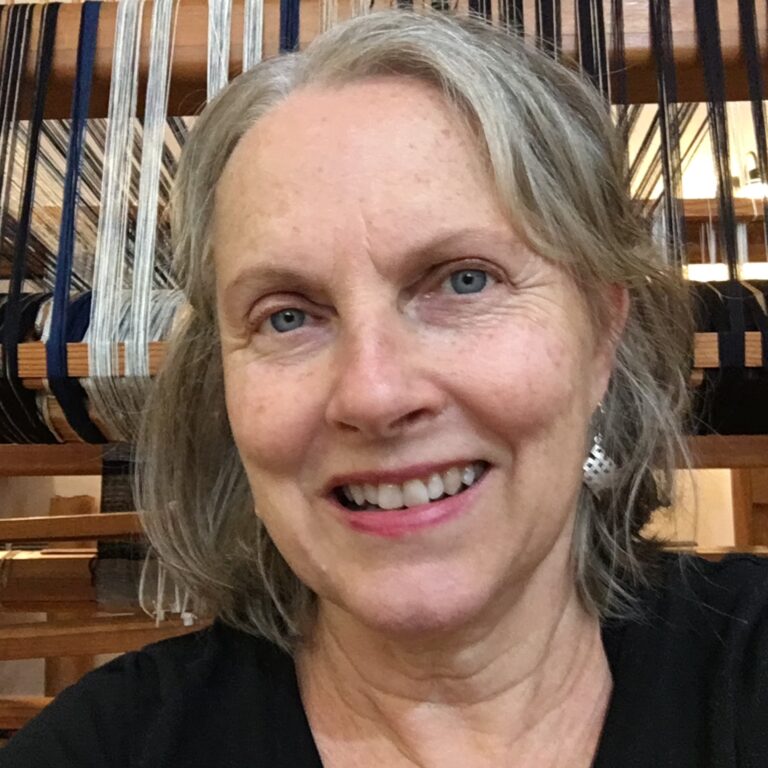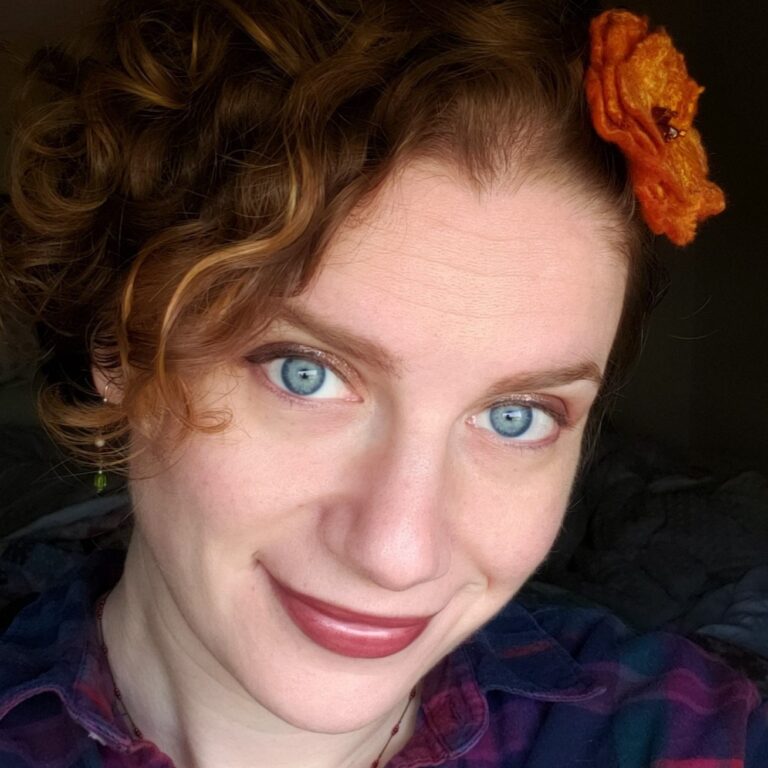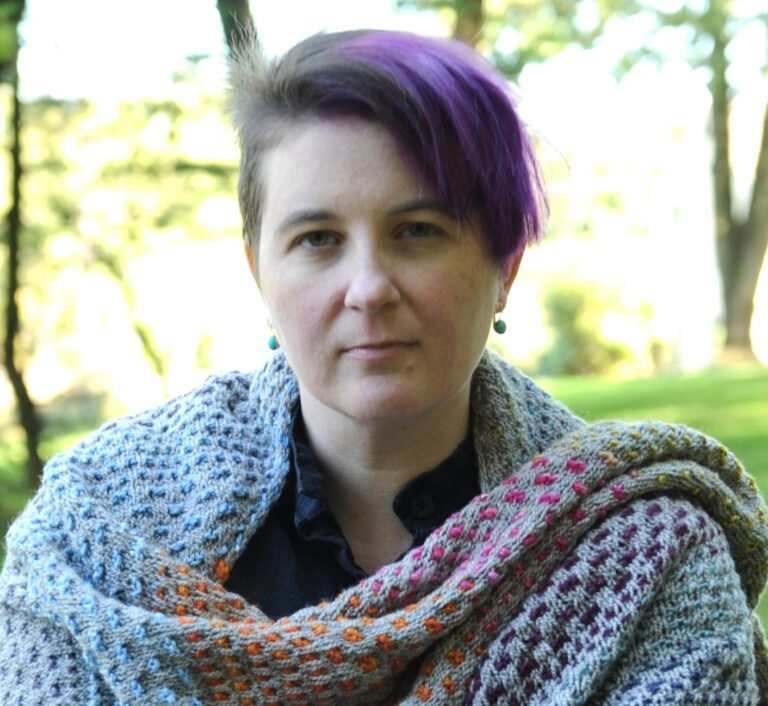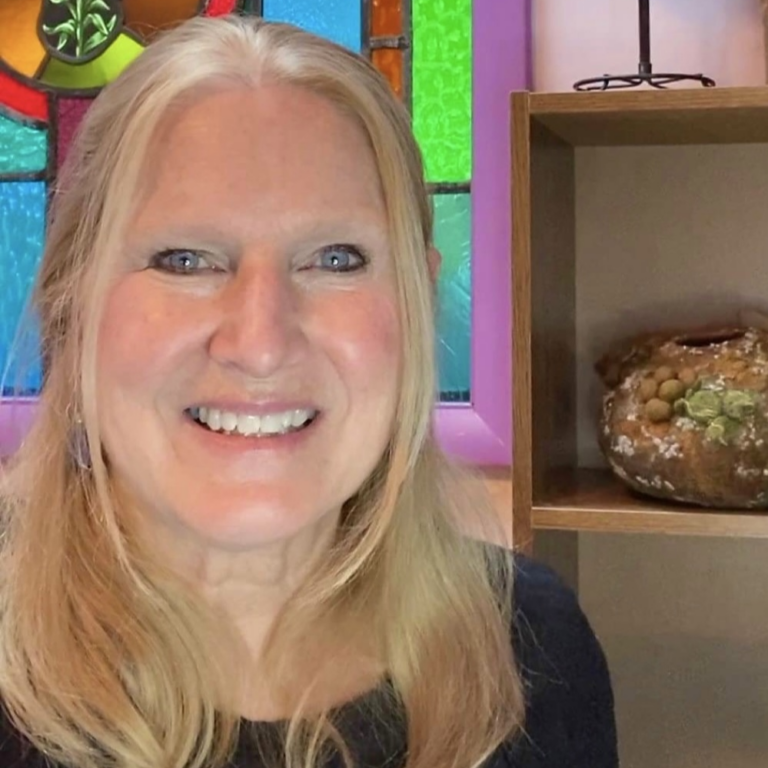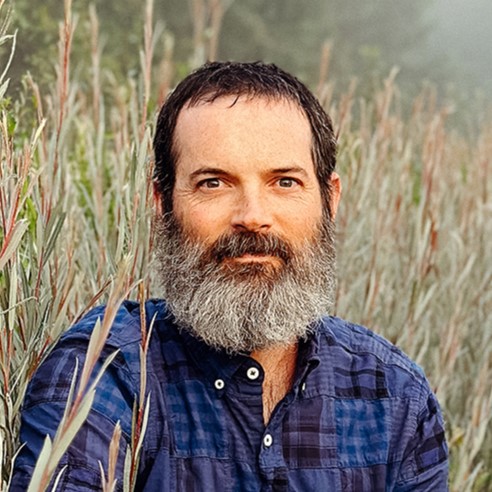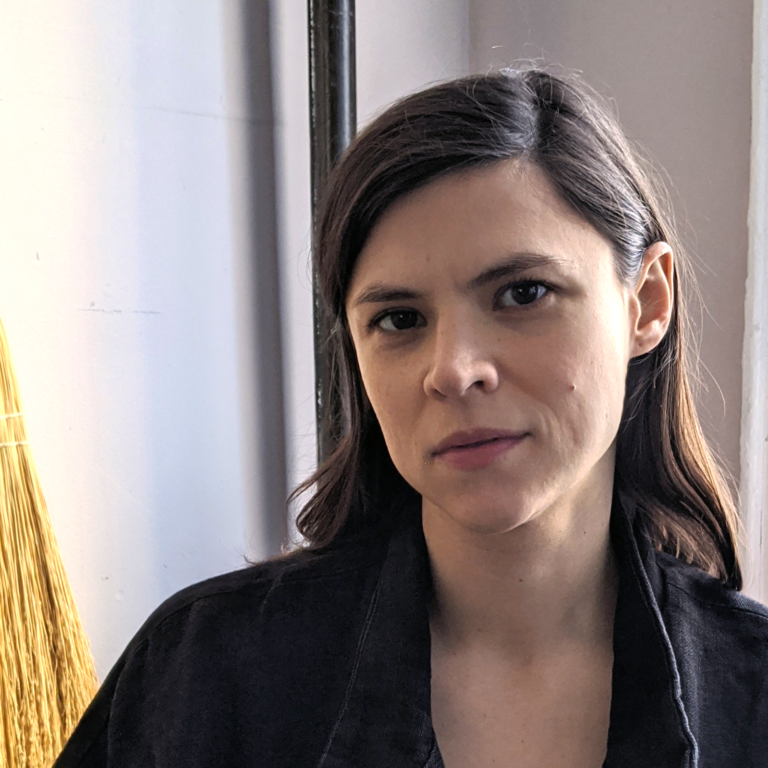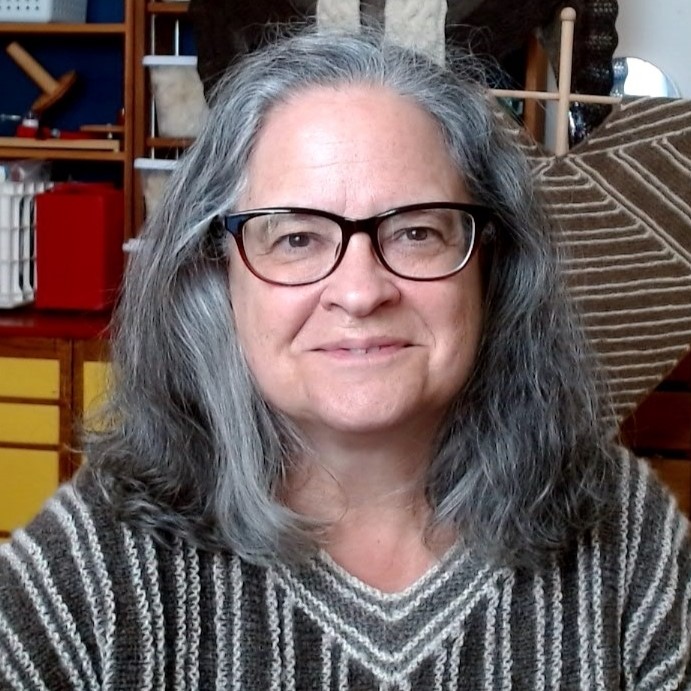Learn more about in-person workshops for MAFA 2o25!
- All workshops are offered as single, 2-1/2 day, intensive sessions. Students will choose ONE workshop.
- Find details about all our workshops in the list below. Use the filters in the sidebar to refine the workshop list.
- For workshops that fill quickly, there will be a waitlist, and you may waitlist one workshop.
- If you need to rent a loom or spinning wheel, Red Stone Glen Fiber Arts Center rents looms and wheels. Please contact them directly: RedStoneGlen@gmail.com.
Can’t take a full workshop but want to visit on the weekend? Check out the Weekend Classes page for details on short classes on Friday afternoon and Saturday. Find housing options on the Daytrippers, Overnighters, and Non-Workshop Attendees page.
Click here for the list of 2025 Instructors
Have questions about workshops? Visit the Workshops FAQs page
Or email the Education Chair at education@mafafiber.org.
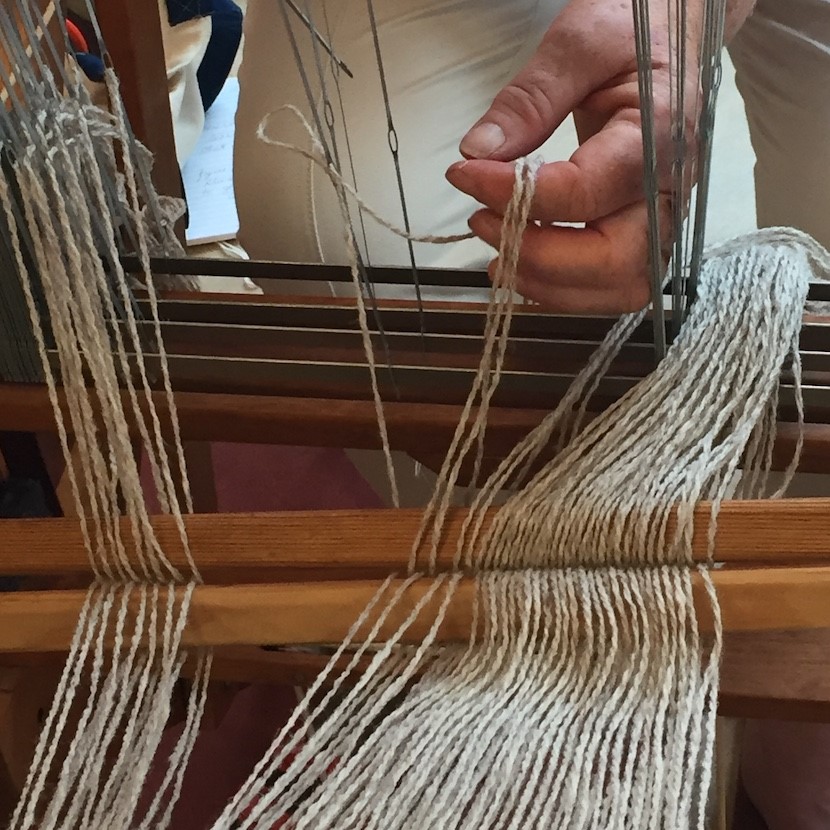
Weaving 101: Learn to Weave
This is the perfect class for those who have never woven, or who need to brush up on the basics of warping and efficient weaving. Students will learn to dress their own loom, calculate warp and weft, and weave a sampler of plain weave and twill.
Learn More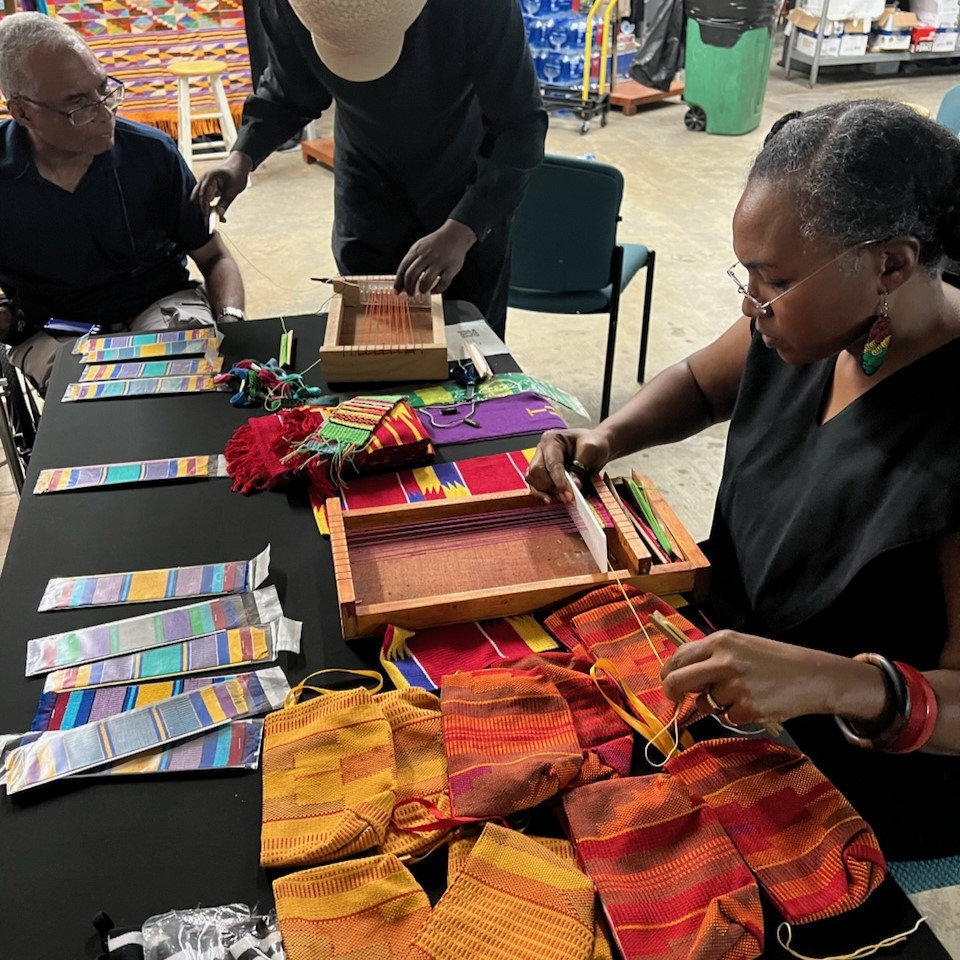
Kente Weaving on the Miniature Loom ~ FULL
Experience weaving Kente cloth on miniature looms and be able to create a Kente bookmark using colors of your choice. You will also have the opportunity to learn how to create geometrical designs on the loom and also learn some techniques such as using double shuttles in creating a design.
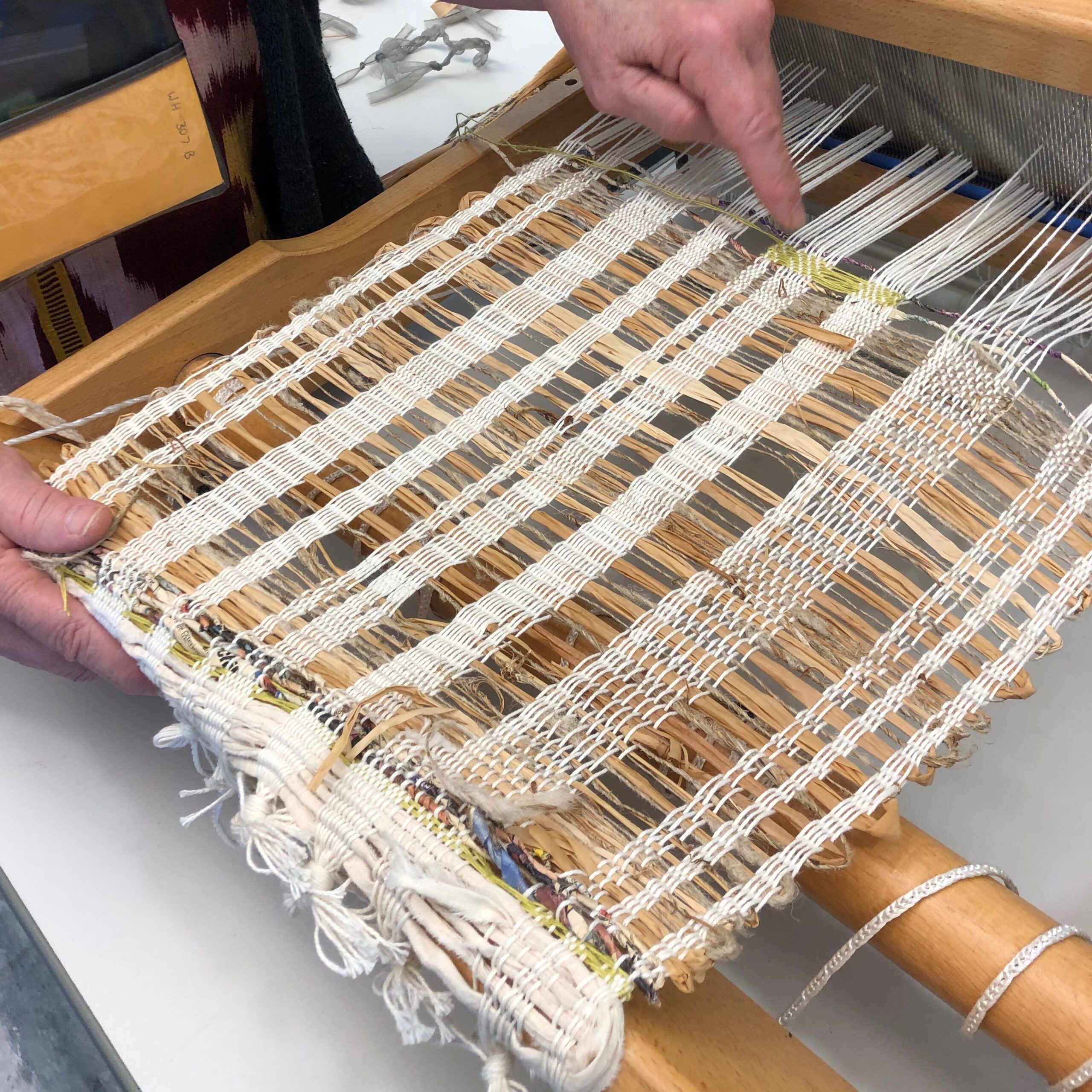
Materiality: The Tactile Experience
The legendary weaver Anni Albers said “our tactile experiences are elemental” and that playful exploration of materials is essential to “regain a faculty that was once so naturally ours.” We will play with a wide variety of materials to create exploratory collages and an original woven composition.
Learn More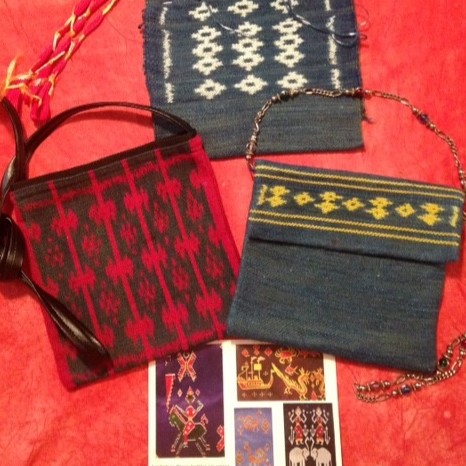
Introduction to Weft Ikat and Khmer Hol
Khmer Hol textiles are among the most intricate silk Ikats in the world. This workshop focuses on learning the techniques used by Cambodian artists to create these patterned wefts.
Learn More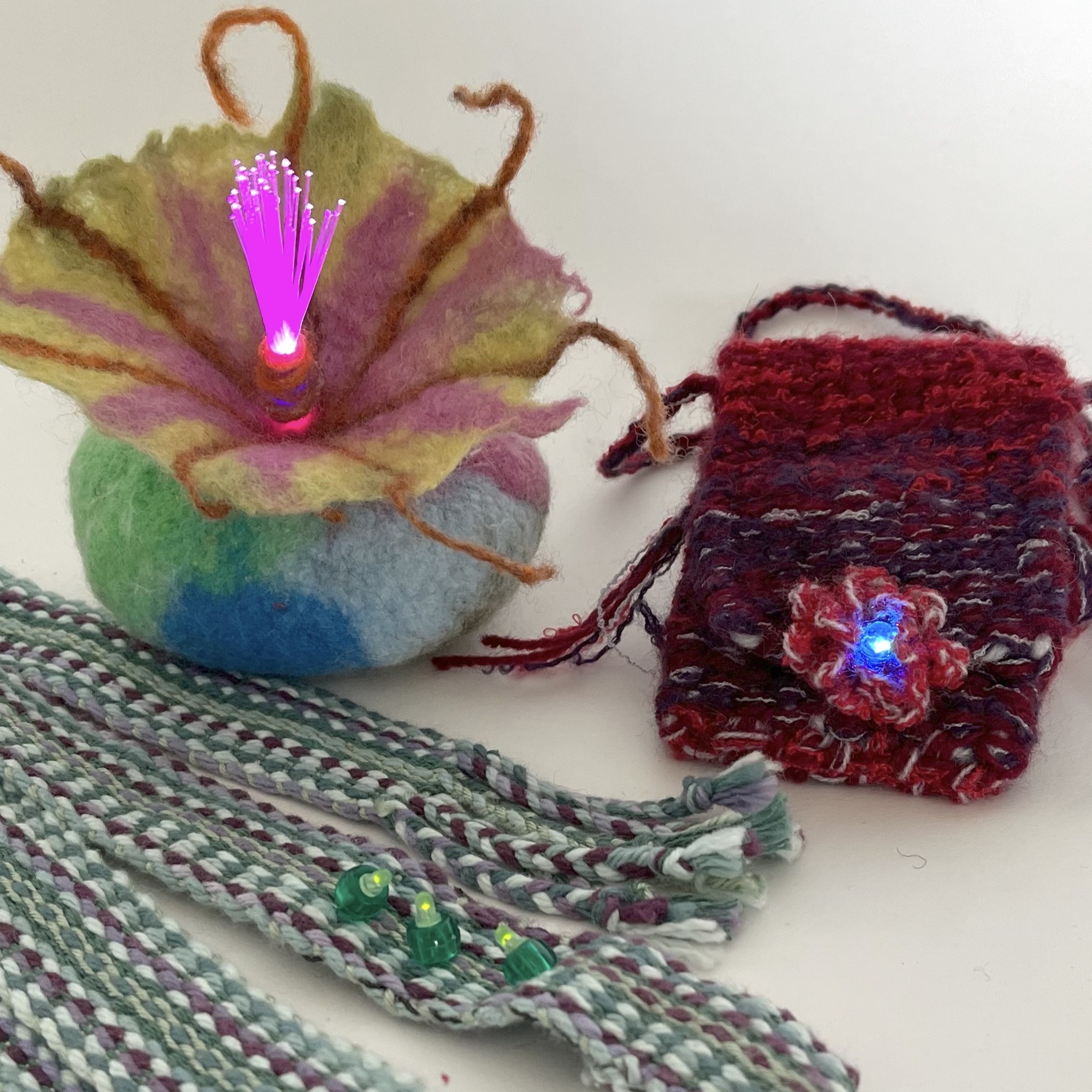
Adding Lights to Woven and Felted Projects
Light up your weaving and felting projects with LEDs for a bit of attention-getting glitz. Using conductive yarn and wire, add simple LED circuits to an off loom woven pouch with flap, inkle loom strap, felted pods and flowers, and more.
Learn More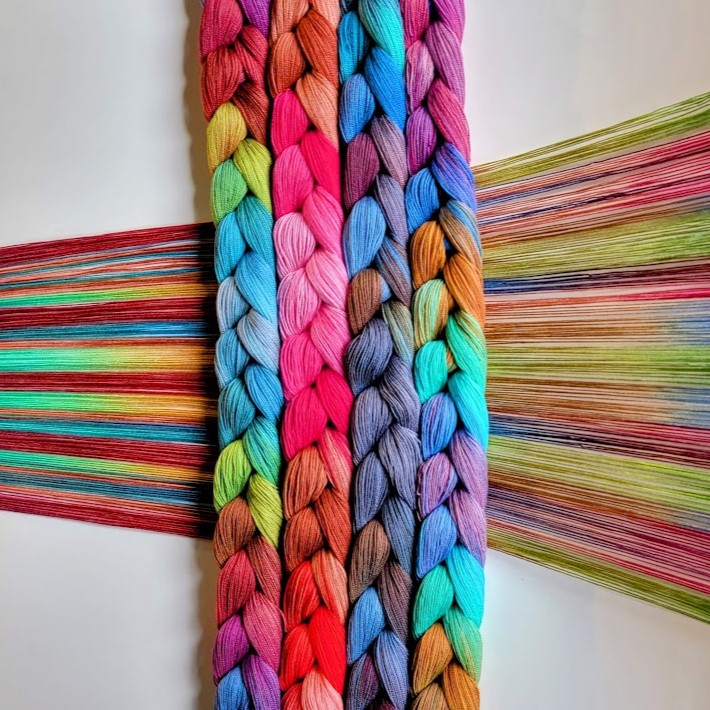
Controlling Creative Chaos: Focus on the Warp ~ FULL
Learn non-traditional techniques that will allow you to work effectively and efficiently with multiple warp chains and diverse warp elements while designing at the loom.
Learn More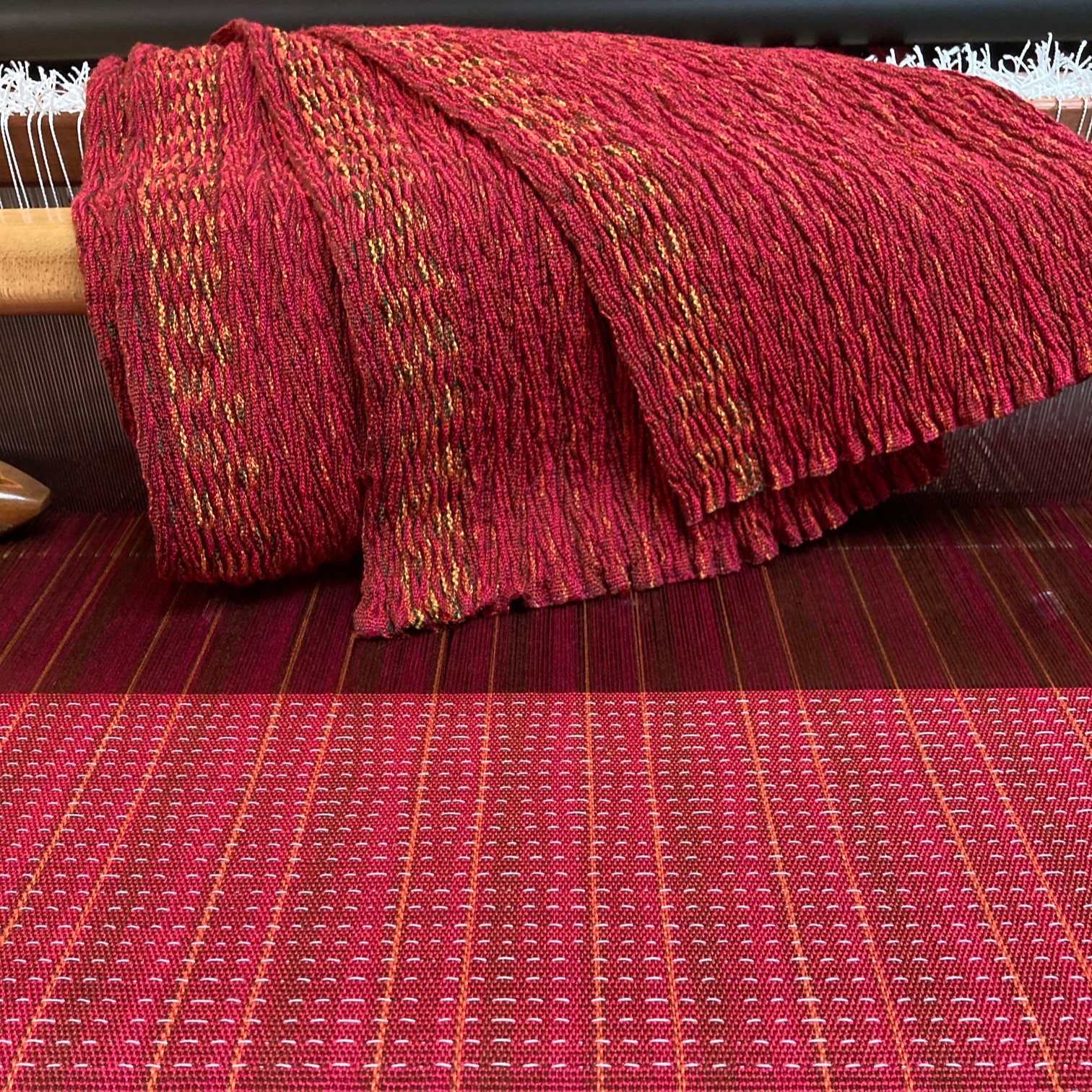
Crimp and Create
Learn to create “crimp cloth”fabric with permanently crimped designs that hold their memory even when washed. Apply this stash-busting technique to any threading and learn the thought process that will lead to endless possibilities for creating magic cloth.
Learn More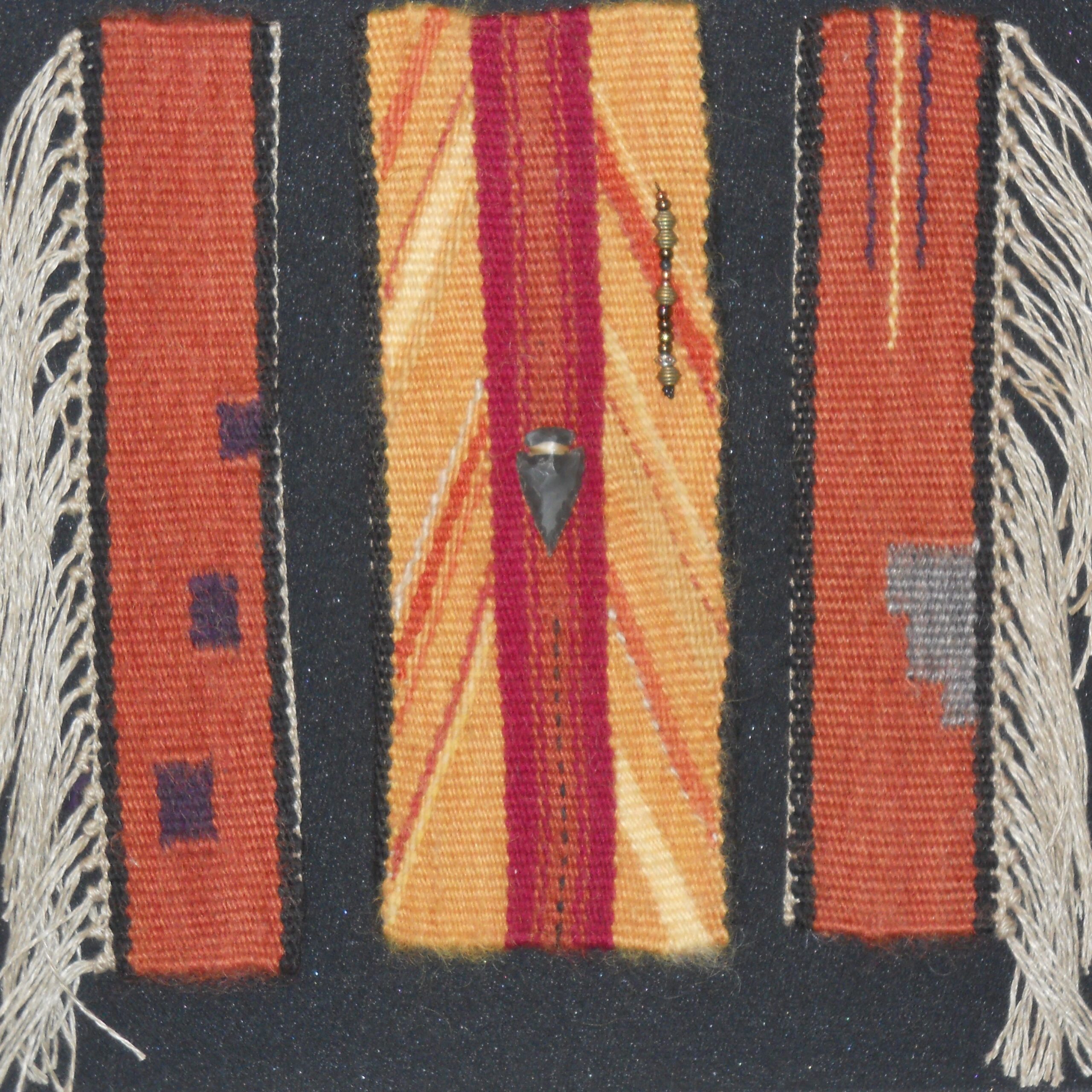
Weft-Faced Weaves and Tapestry on Rigid Heddle Looms
Weft-faced and tapestry weaves create beautiful one-of-a-kind textiles that are perfect for bags, pillows and wall hangings. These techniques greatly expand the possibilities of what can be woven with a simple rigid heddle loom.
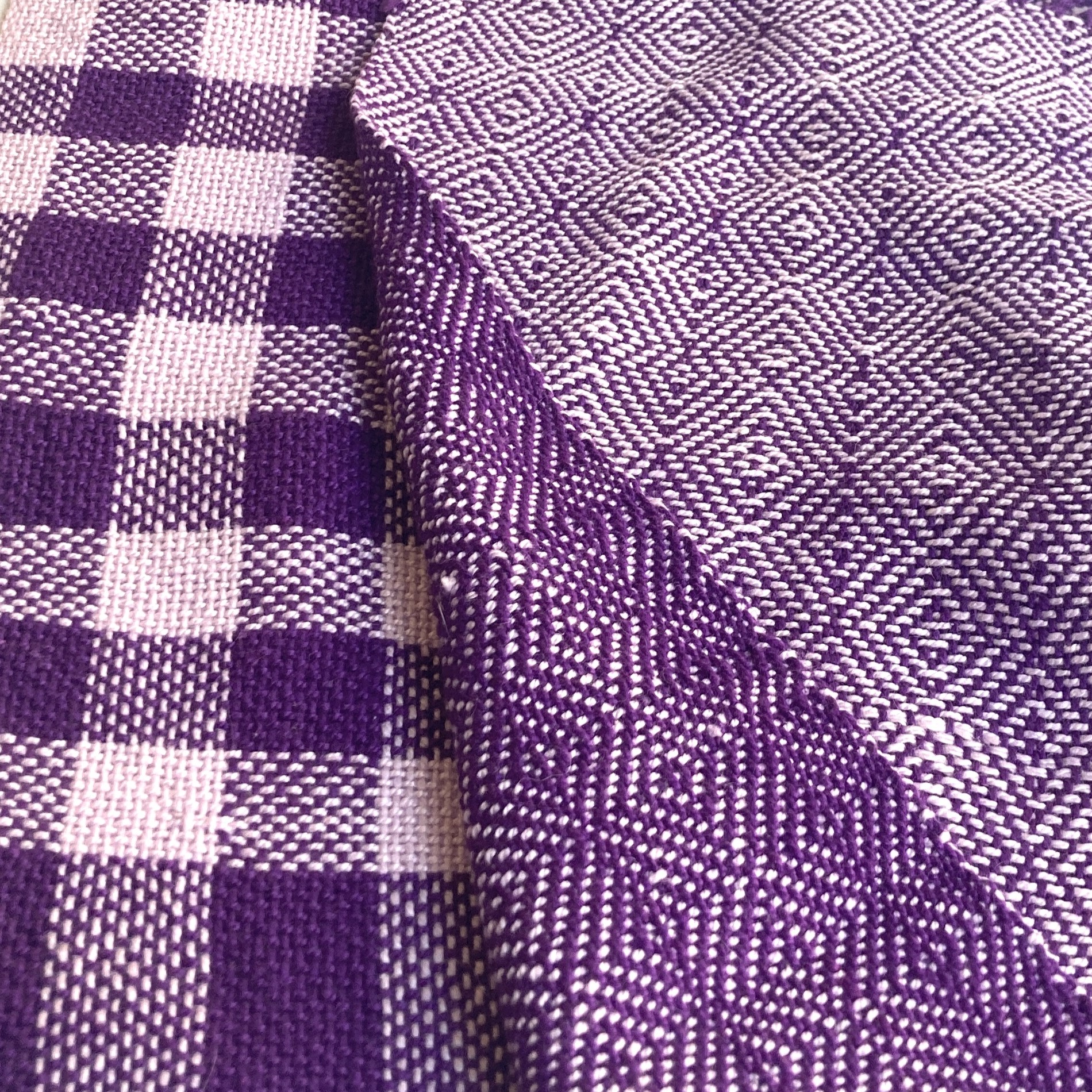
Dynamic Duo: Two Heddles, Two Cloths
Introducing a second heddle to the rigid heddle loom opens up a myriad of new options for the cloth your loom can produce: you can increase your sett to get a finer fabric, you can double weave to make cloth wider than the loom and you can weave more complex, 3 shaft drafts without the need to employ a pick-up stick or heddle rod.
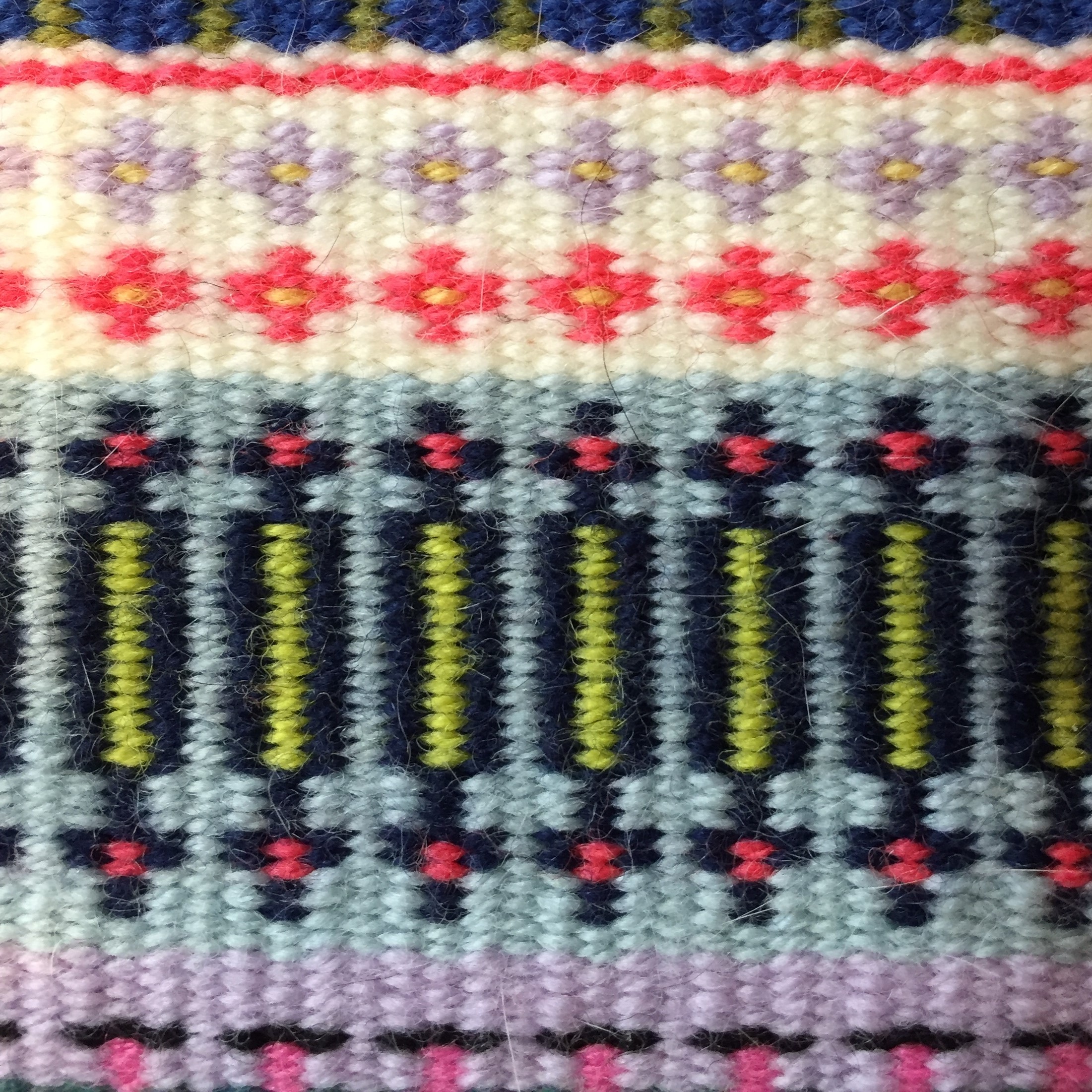
Rigid Heddle Extravaganza ~ FULL
Do you have a rigid heddle loom that has been gathering dust? This is the refresher you need to get weaving again and take your weaving to the next level and all in a fun and easy way.
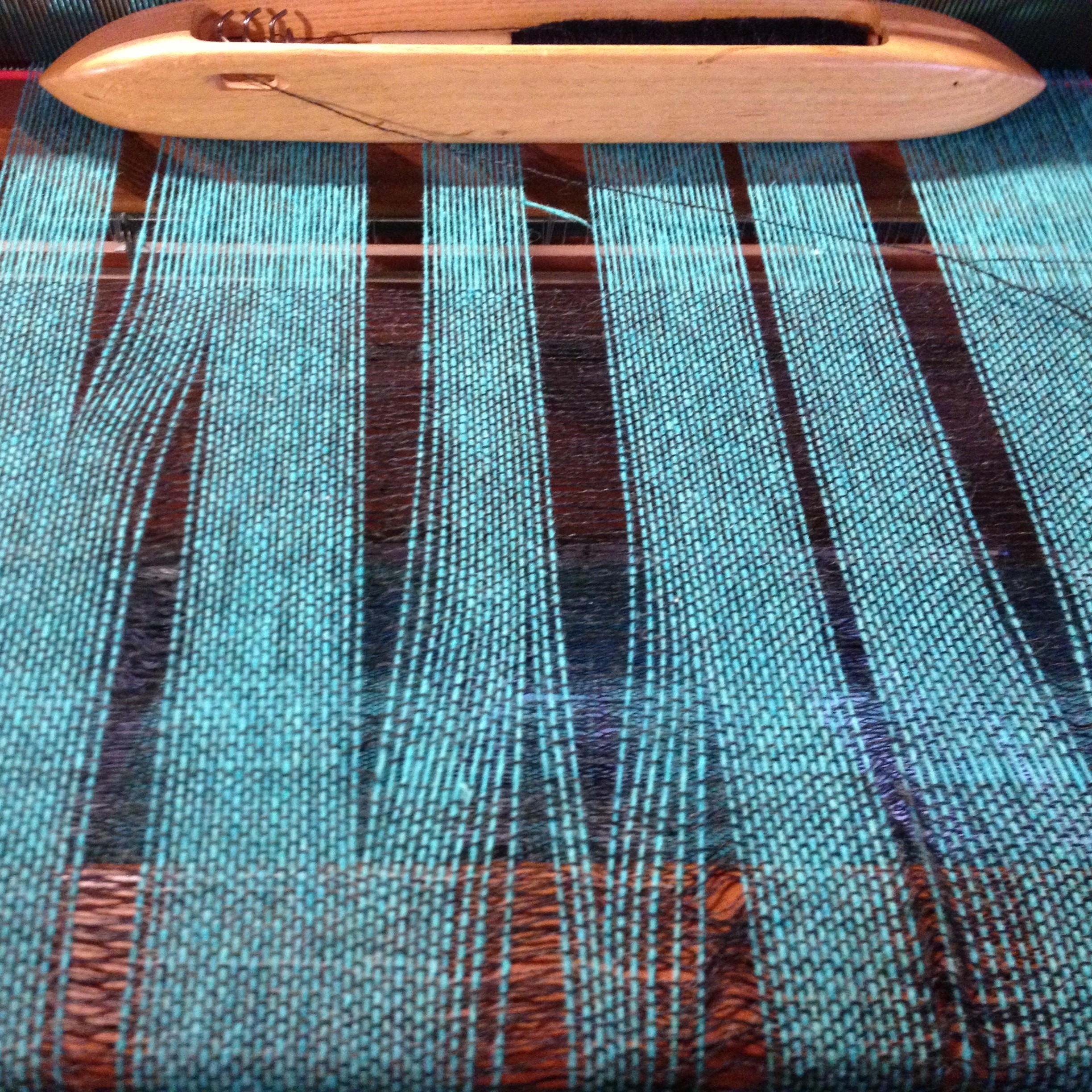
Experimentation with Weaving Tools: Open Reed and More
Tool Modification’ is a term that directs a weaver’s attention to the mutability of their looms and tools. In this workshop, we will identify opportunities for warp and weft manipulation through understanding loom workings, and use hand-manipulation techniques and alternative tools to give new meaning to our equipment.
Learn More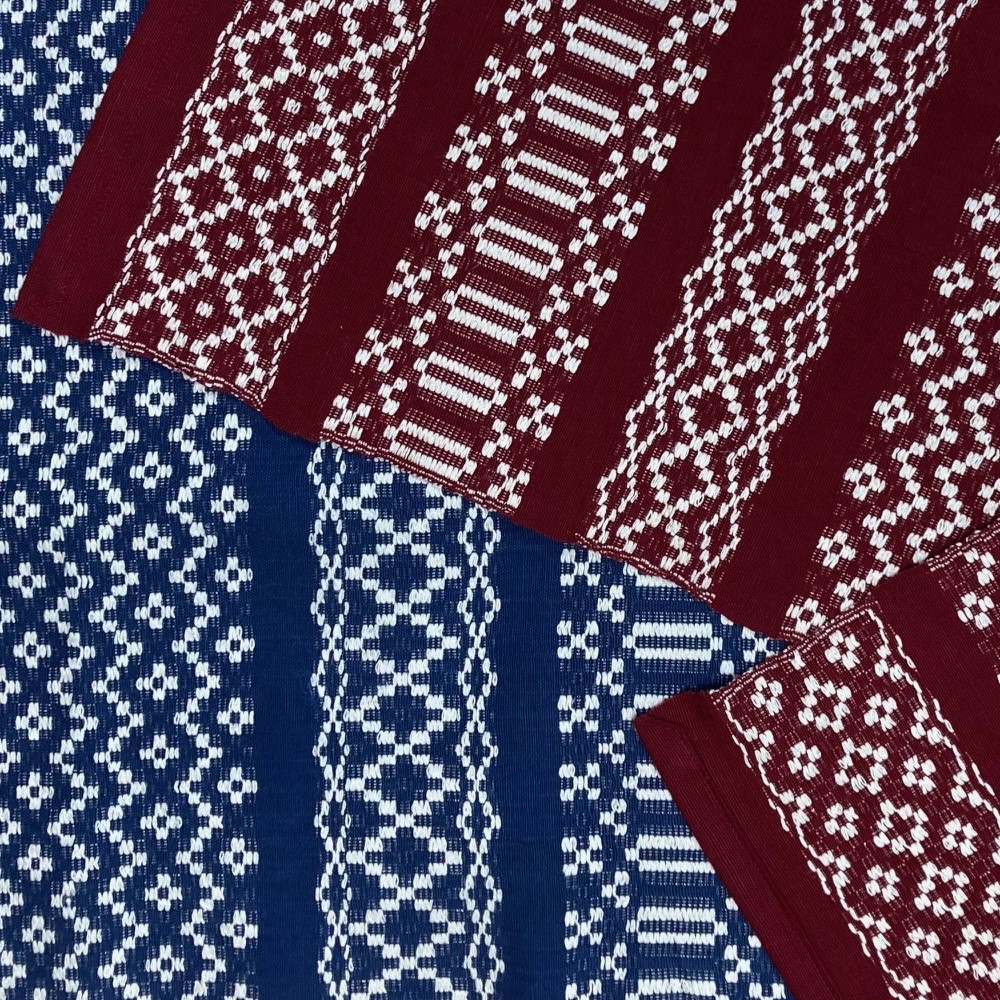
4-Shaft Overshot with a Swedish Twist
Learn about overshot weaving with an emphasis on Swedish weaving techniques and patterns, while weaving a 12″ x 36″ runner which allows for sampling different treadling orders on the same threading.
Learn More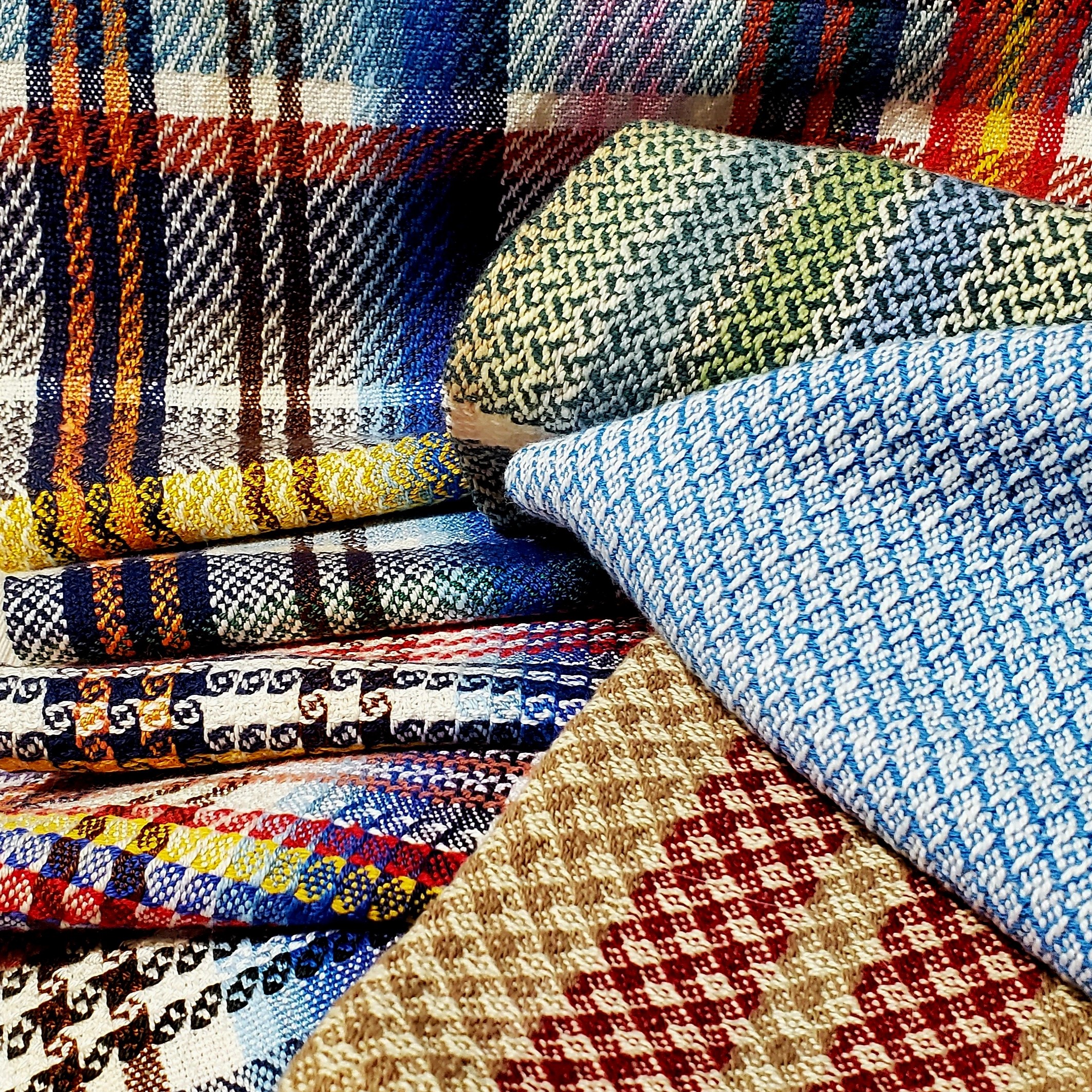
Exploring 8-Shaft Straight Twill Variations
If you are new to 8-shaft weaving or if you want to add more variation to your weaving, this is the perfect workshop for you. Explore the possibilities of the 8-shaft straight twill threading. Learn to weave many variations on a single warp by varying the tie-up and treadling. Create original weave structures, and learn to combine two 4-shaft structures on one warp as well.
Learn More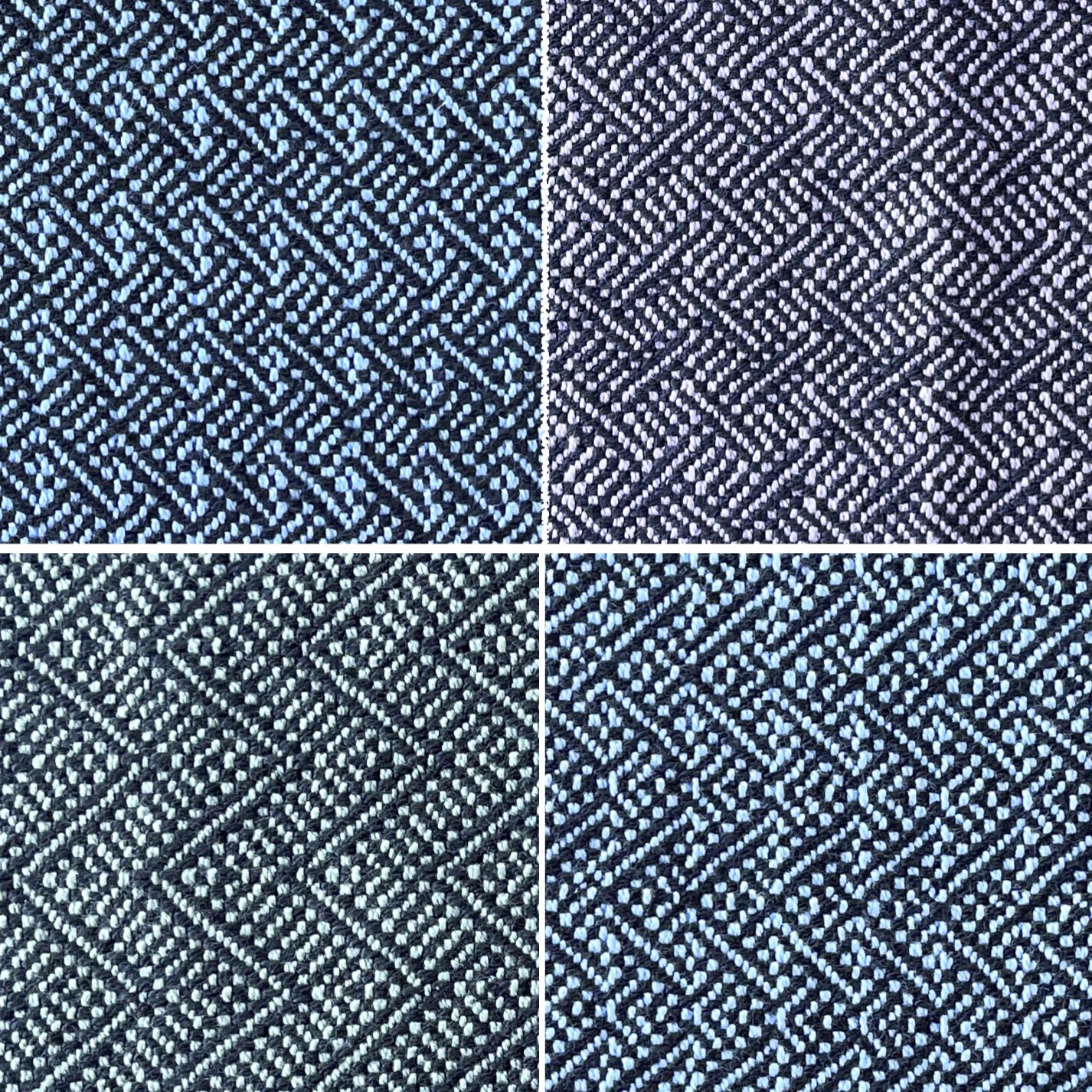
Plaited Twills: The Double Two-Tie Connection ~ FULL
Plaited twills are patterns in which sets of parallel diagonal twill lines intersect with sets of lines going in the opposite direction so they appear like interwoven ribbons. On a straight twill threading, they require more than 8 or 12 shafts for all but the simplest designs. However, when plaited twills are woven on a double two-tie twill threading, the design possibilities on fewer shafts expand dramatically.
Learn More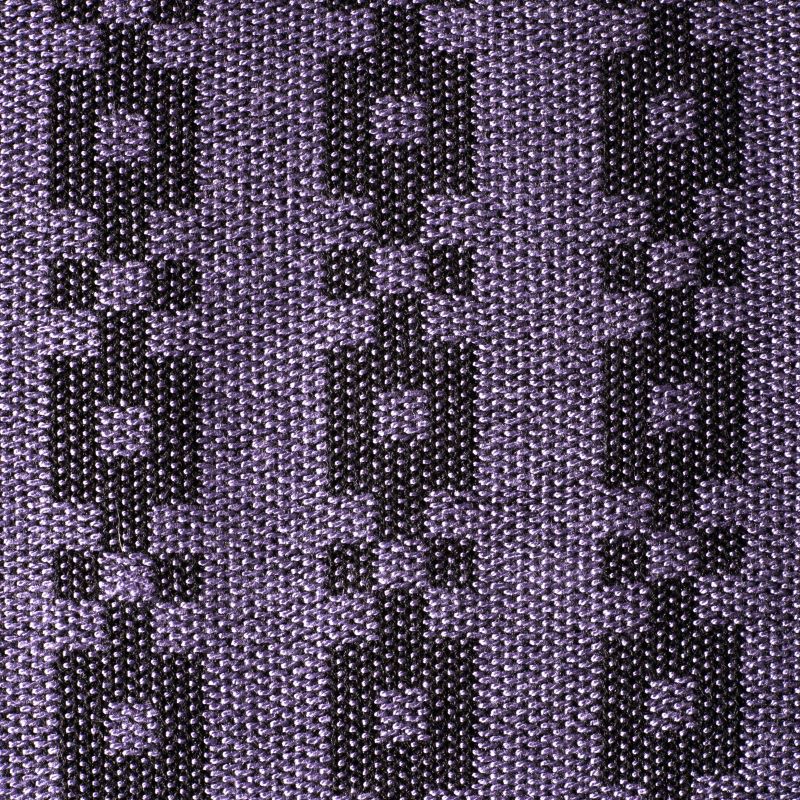
Exploring Profile Drafting
Profile drafts are a wonderful design tool for weavers! This class explores what profile drafts are, what weave structures can be used, creating a profile draft, and converting it into a woven sample.
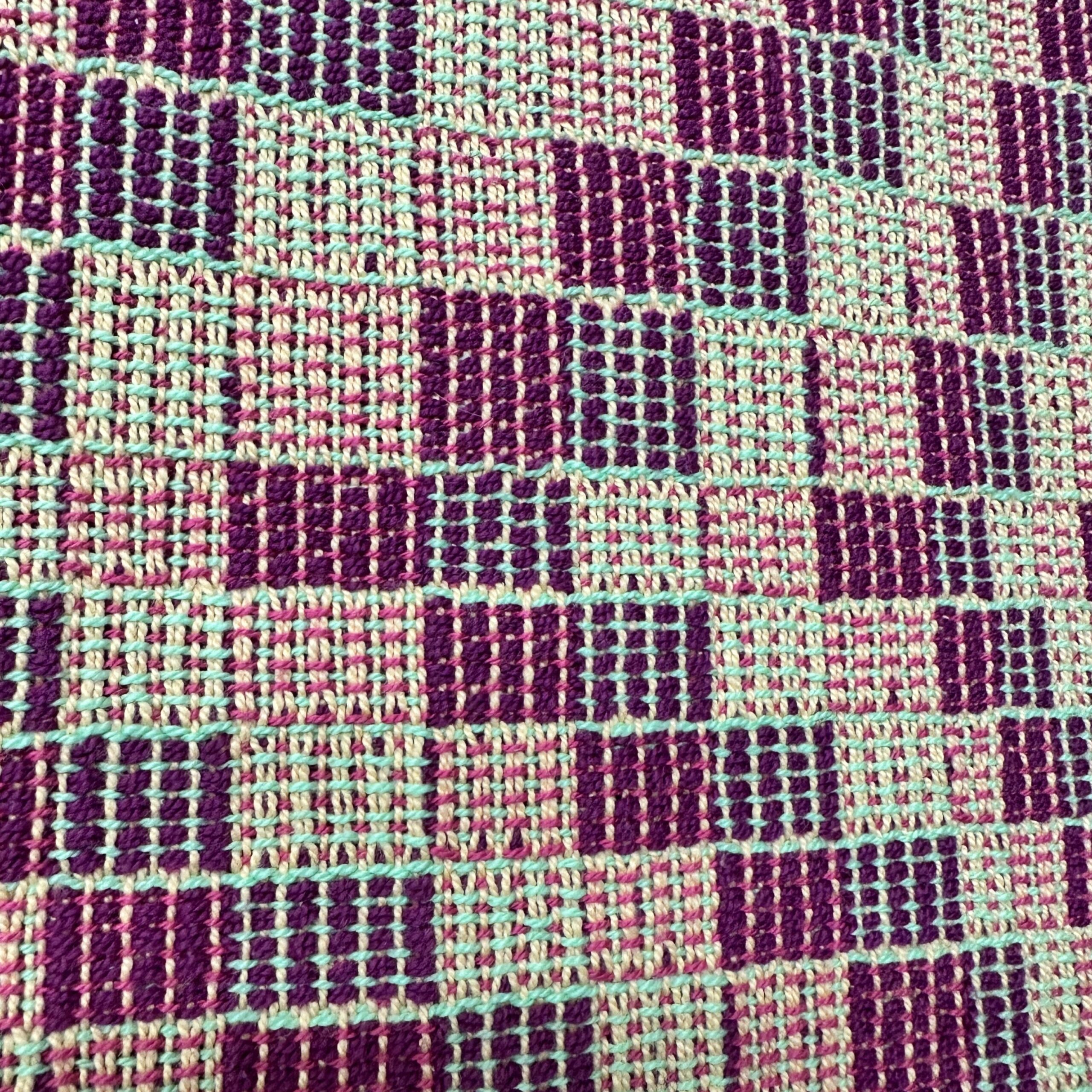
The Hidden Potential of Crackle ~ CLOSED
Crackle doesn’t always get the attention it deserves! Once you understand how this structure works you can unlock the potential of unlimited experimentation with the use of color and different treadlings. Appreciate how fun and beautiful crackle can be!!
Learn More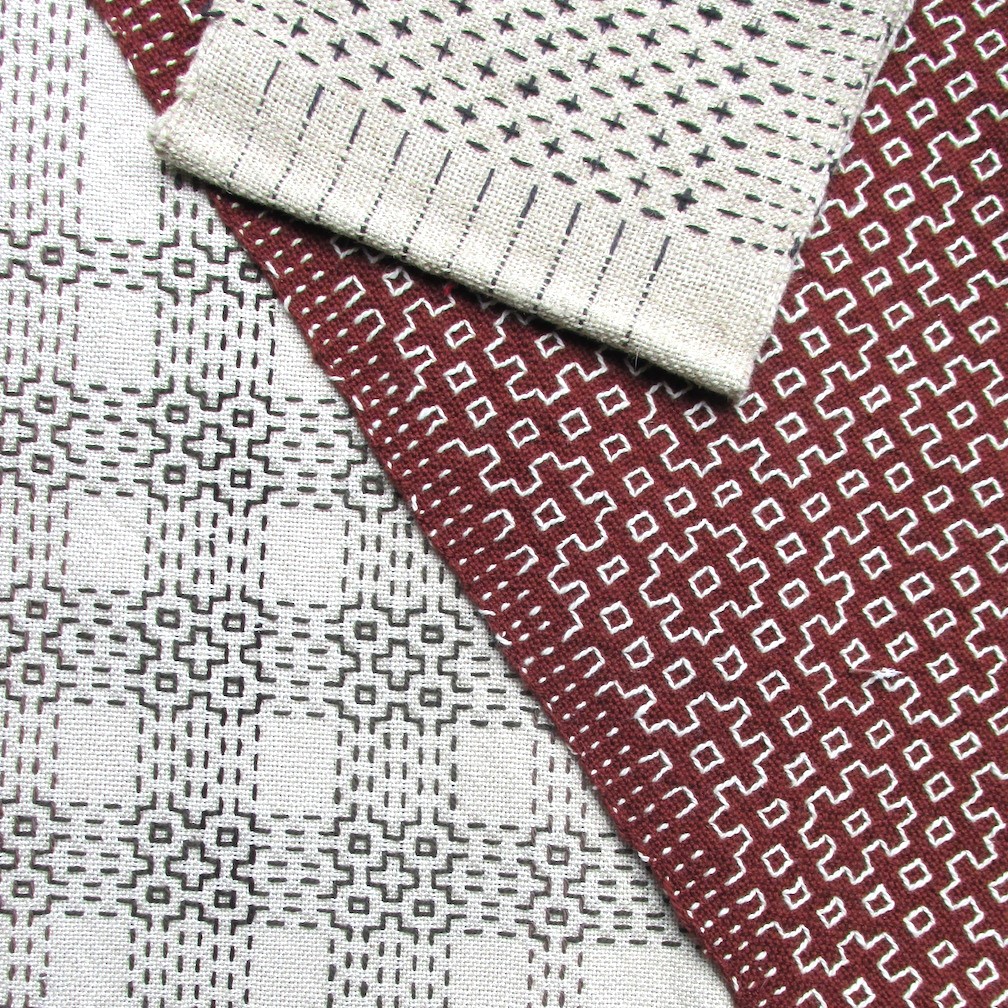
Sashiko Ori
Sashiko-ori is a woven structure based on the Japanese folk stitching methods of sashiko used traditionally to patch, reinforce, repair, or embellish clothing and other textiles. Woven Sashiko challenges weavers to think about design in a different way while learning to control the intersections of pattern threads in the warp and weft.
Learn More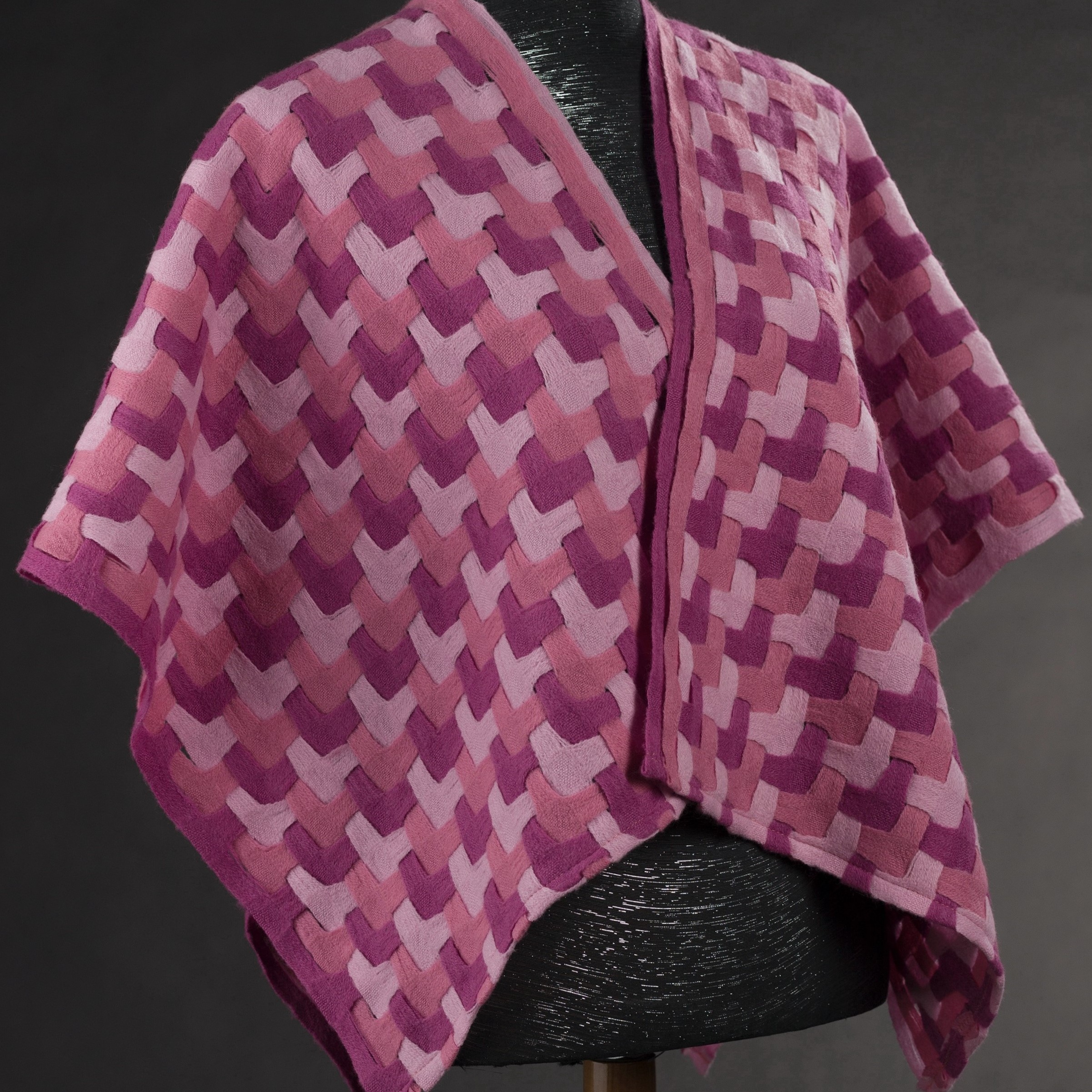
Designing with Deflected Doubleweave ~ FULL
Learn how to understand and design Deflected Doubleweave, including how to vary tieups and treadlings to create new designs, and different techniques for weaving selvages.
Learn More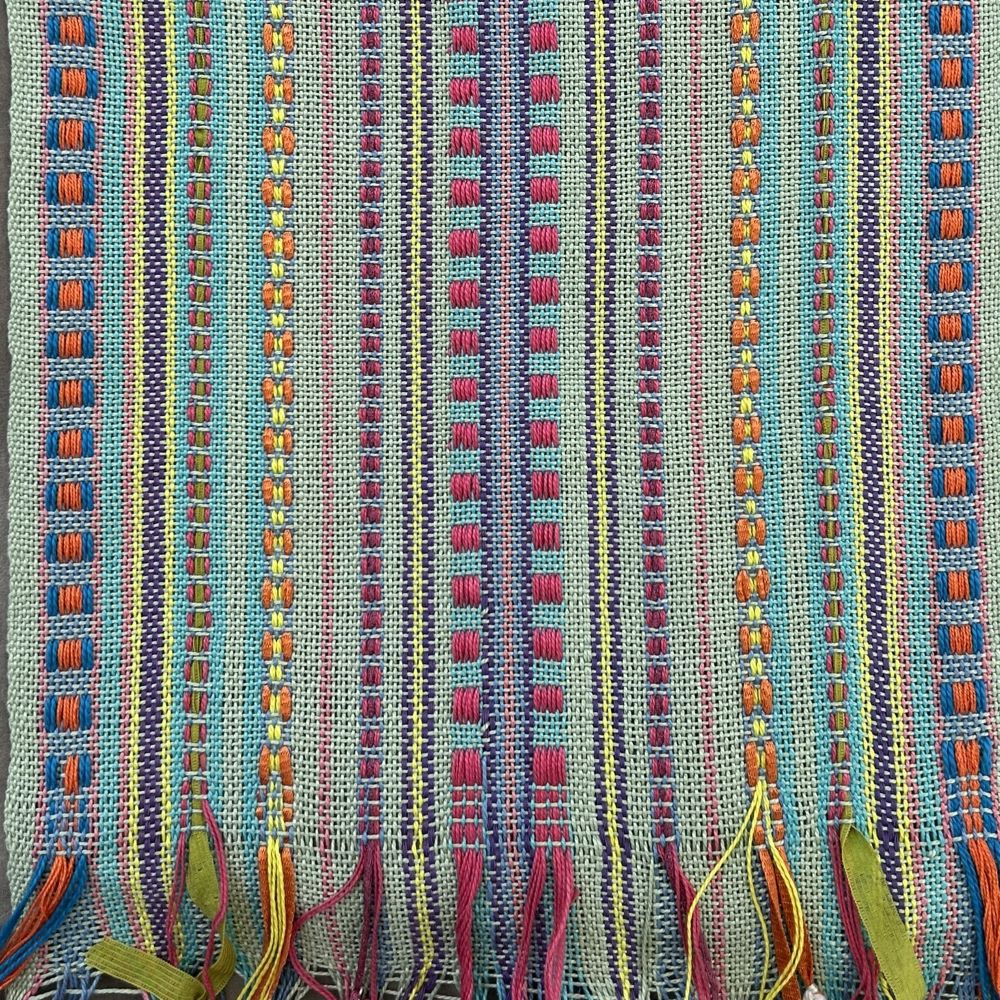
A Little Something Extra: Supplementary Warps and Wefts
Enhance your handwoven textiles with the addition of supplementary warp or weft yarns (or both!)
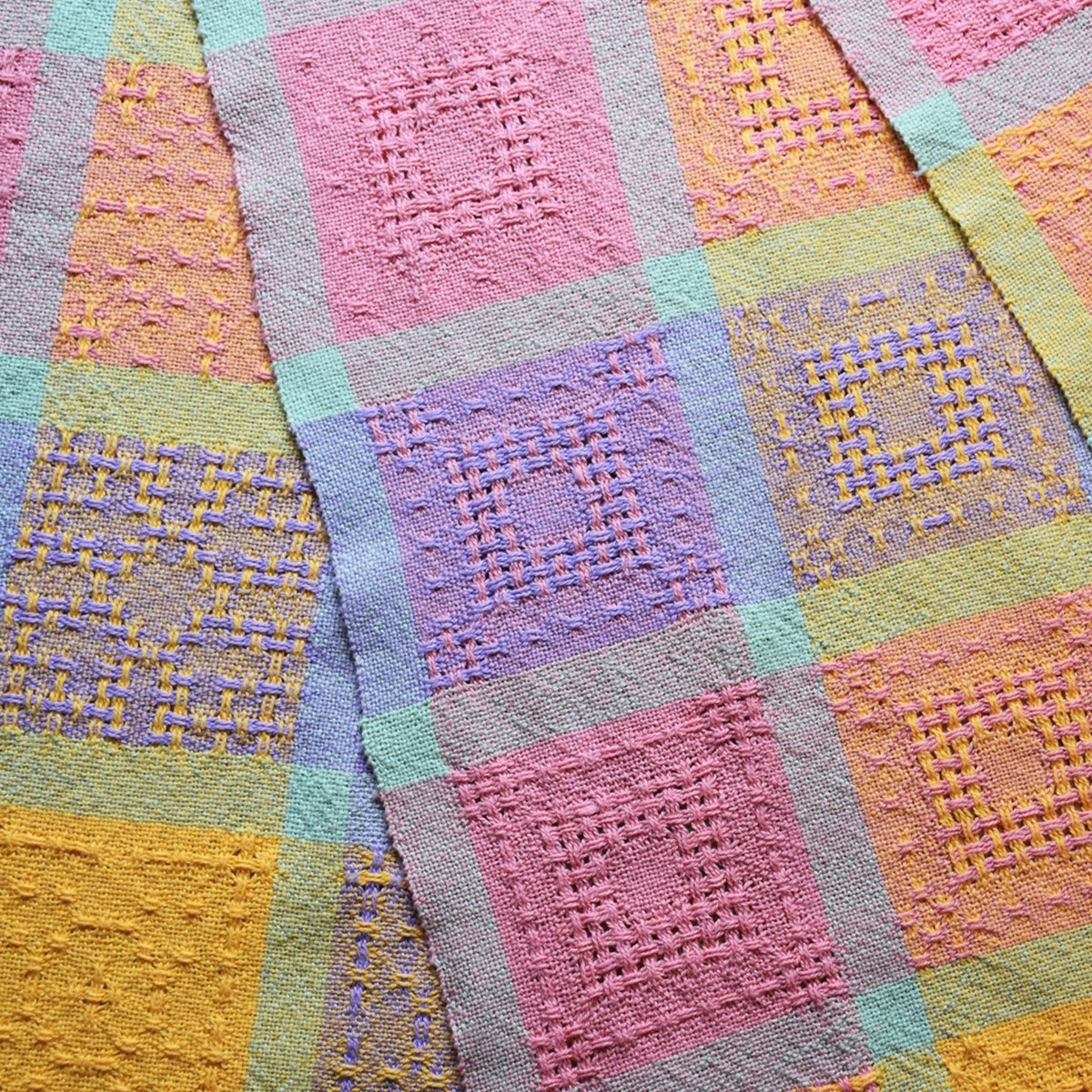
Color and Design in Huck Lace Towels ~ FULL
The structure of Huck Lace provides a treasure trove of pattern for weavers. You will learn how “blocks”or units of huck lace are threaded on four and eight shafts, and how they can be combined to expand design possibilities. Discussions will focus on converting a profile draft into a threading and treadling, and how literally thousands of designs are created with a single threading draft by changing the tie-up.
Learn More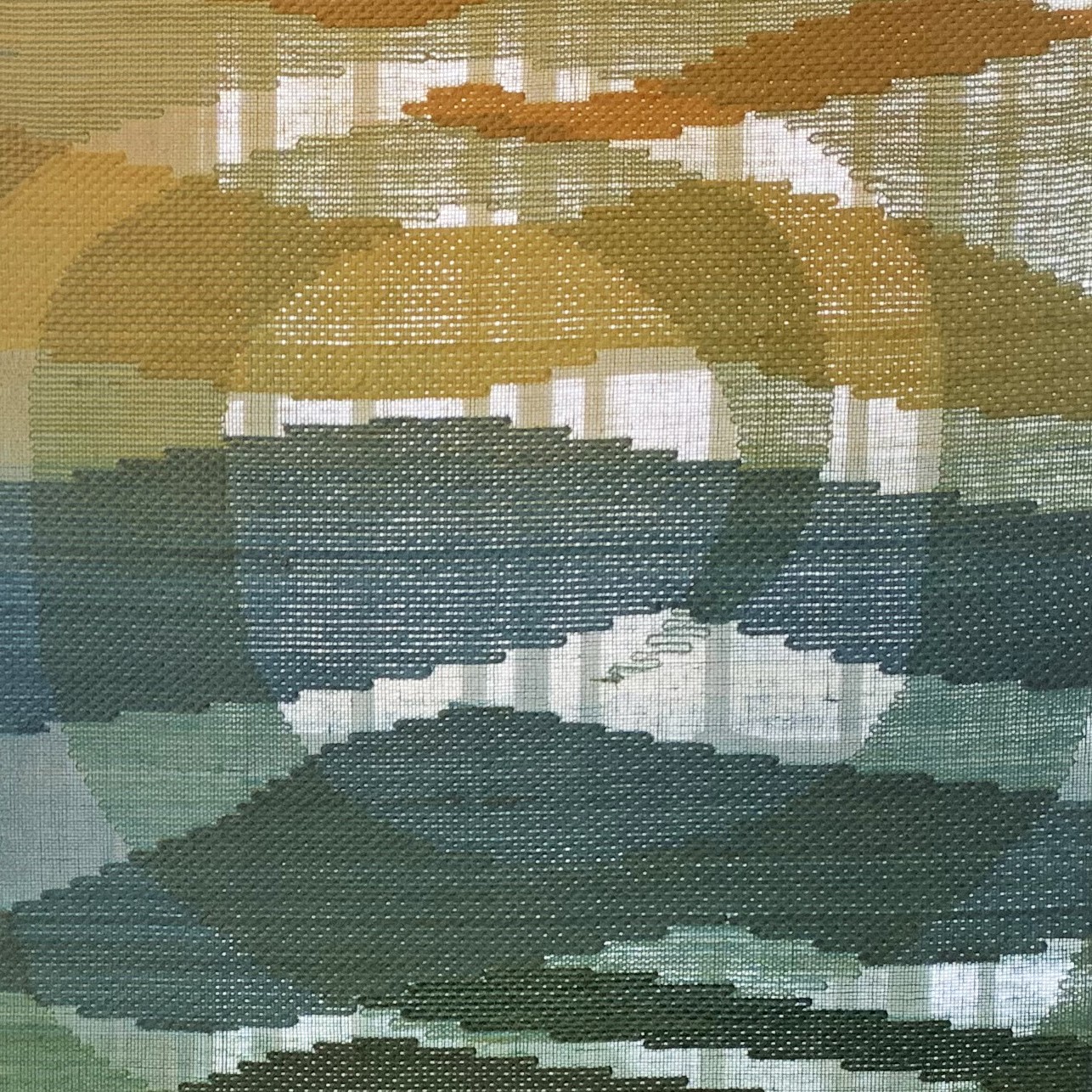
The Art of Weaving Transparencies ~ FULL
Learn about the weaving technique known as “transparency weaving”in which an open ground cloth is woven simultaneously with inlay using tapestry-based techniques that forms the design element.
Learn More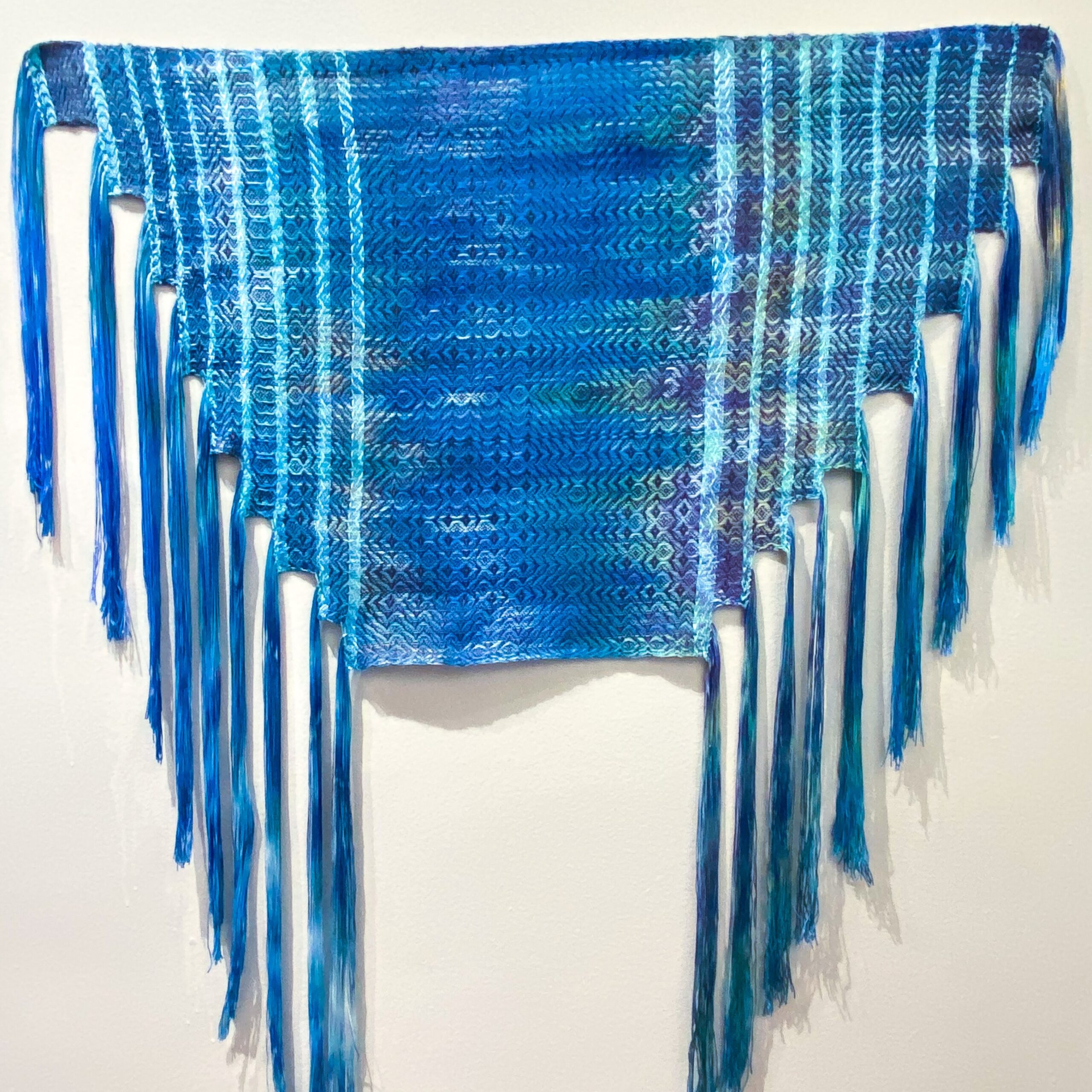
Beyond Rectangles: Shaped Edges in Weaving ~ CLOSED
Unlock the world of creative possibilities in weaving by breaking away from the standard rectangle. Delve into the art of weaving shaped edges. Learn to create geometric and organic shapes that can stand alone or are connected by raw unwoven yarn, creating dynamic movement.
Learn More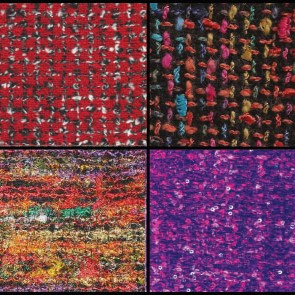
Designing and Weaving Couture Tweeds ~ FULL
One of the most iconic garments in the history of fashion is the French cardigan-style jacket made famous by Coco Chanel. But, have you ever thought about the fabric used in these jackets? They are so ‘weaverly’ in a variety of ways. Color and texture abound! And Chanel was not the only couture designer to use these amazing fabrics.
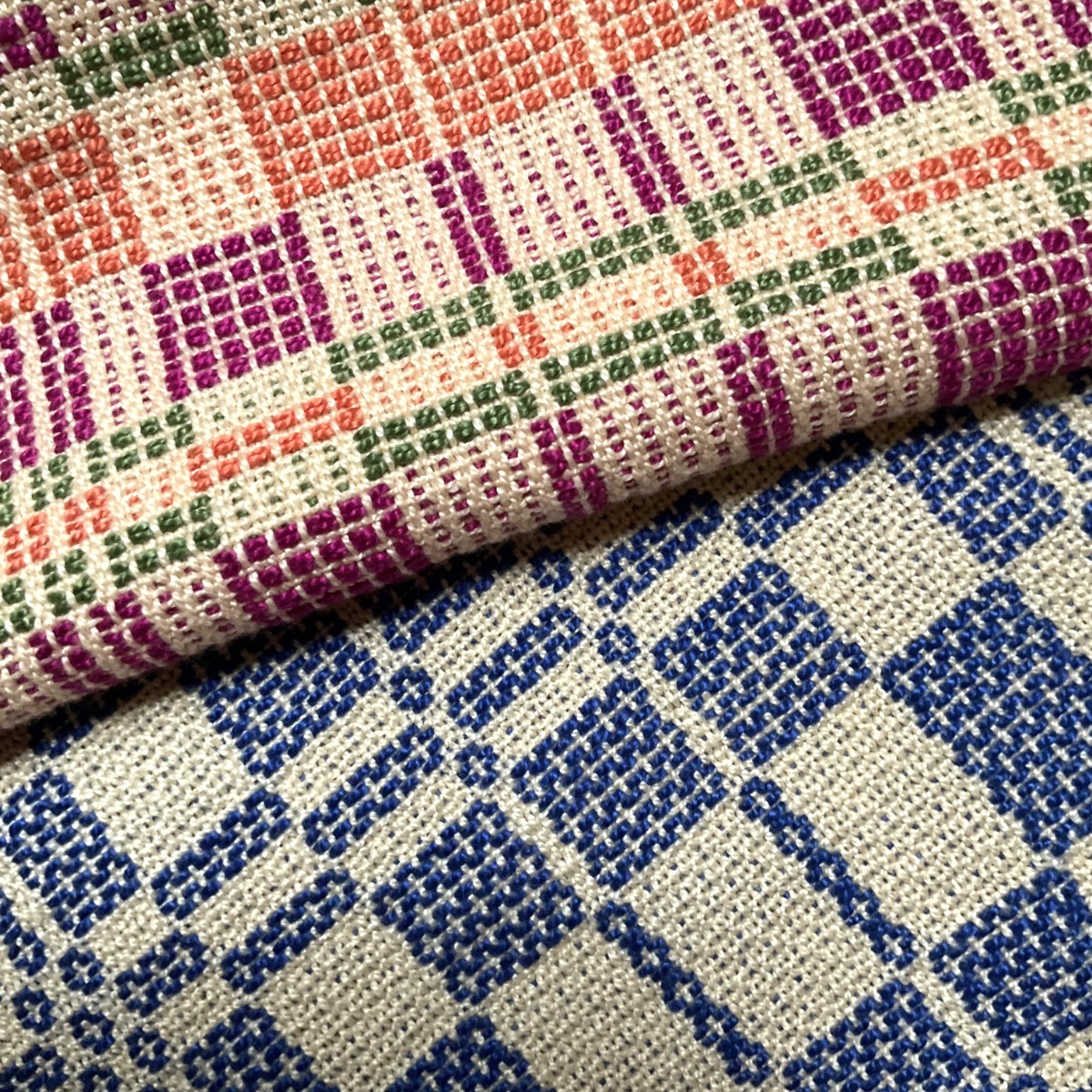
Weaving and Designing Four and Six Shaft Summer and Winter~ FULL
There are endless options for weaving Summer and Winter using four or six shafts. In this workshop, start from the ground up learning about Summer and Winter’s unique threading and treadling rules, then deep dive into Summer and Winter’s ‘styles’ or ‘fashions’ and how they’re an integral part of the structure.
Learn More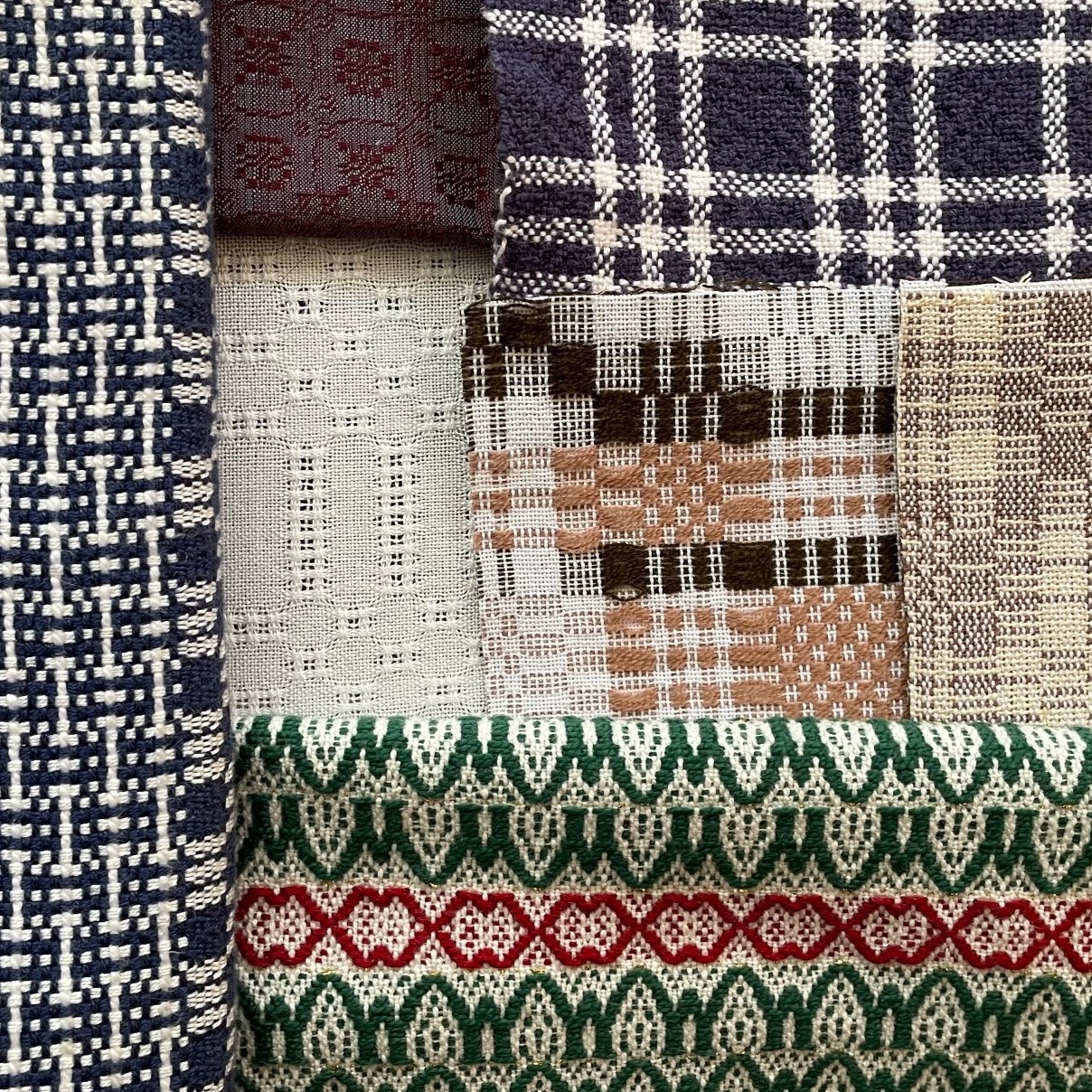
Old Friends with a New Look
Let’s have some fun with traditional drafts like M’s & O’s, overshot, gebrochen, and four block designs, with the end result looking nothing like what is normally produced from the threading.
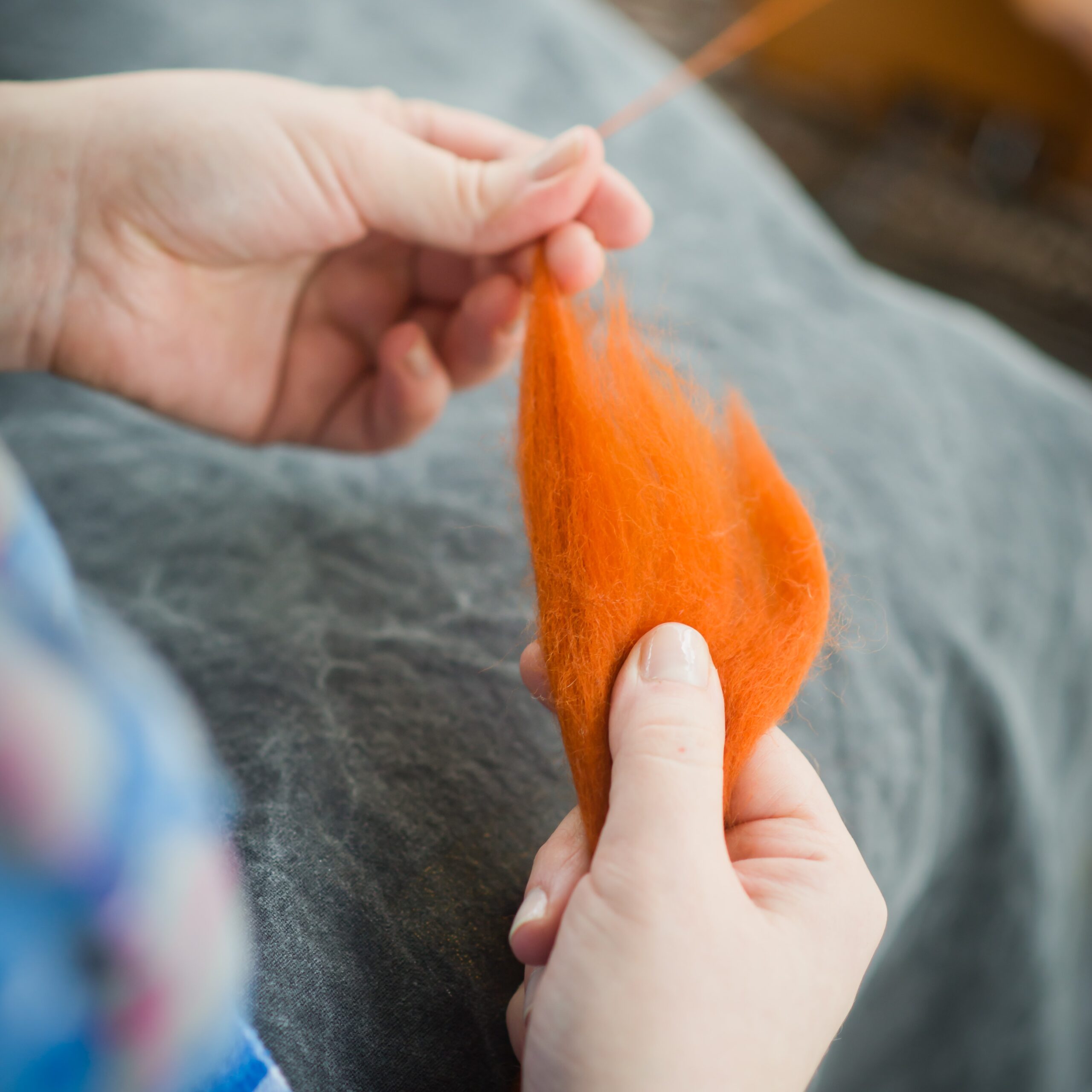
Spinning 201: Learn to Spin
Curious to learn how to spin your own yarn with a spinning wheel or e-spinner? This workshop offers an introduction to wheel mechanics, fiber tools, and the fascinating world of fibers.We’ll cover essential tips and methods, aiming to equip you with the confidence to craft your own handspun yarn.
Learn More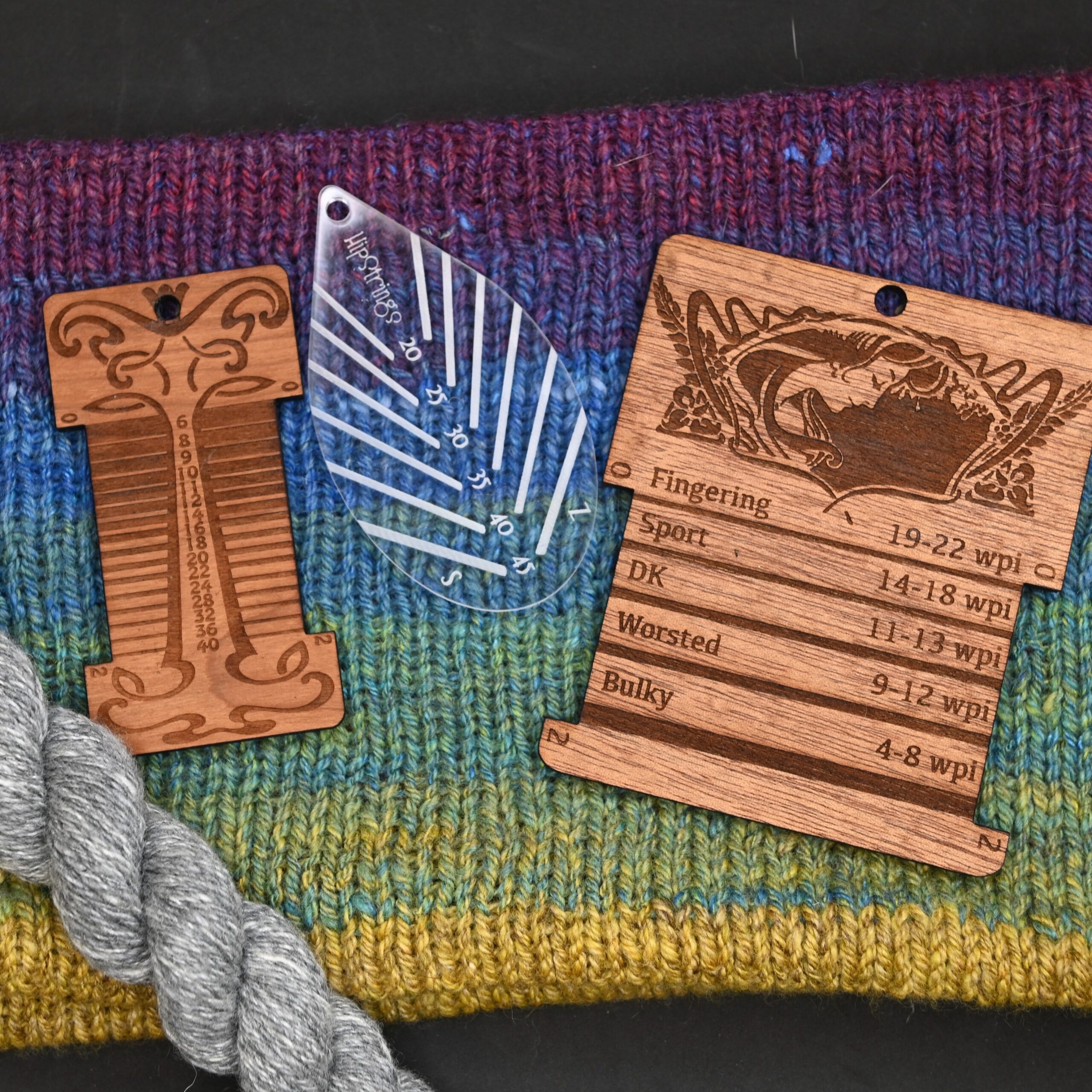
Spinning for Consistency
How does one reliably create consistent yarns when handspinning? This workshop is an in-depth dive into methods and practices for handspinners that are specifically geared towards the goal of creating consistent handspun yarns.
Learn More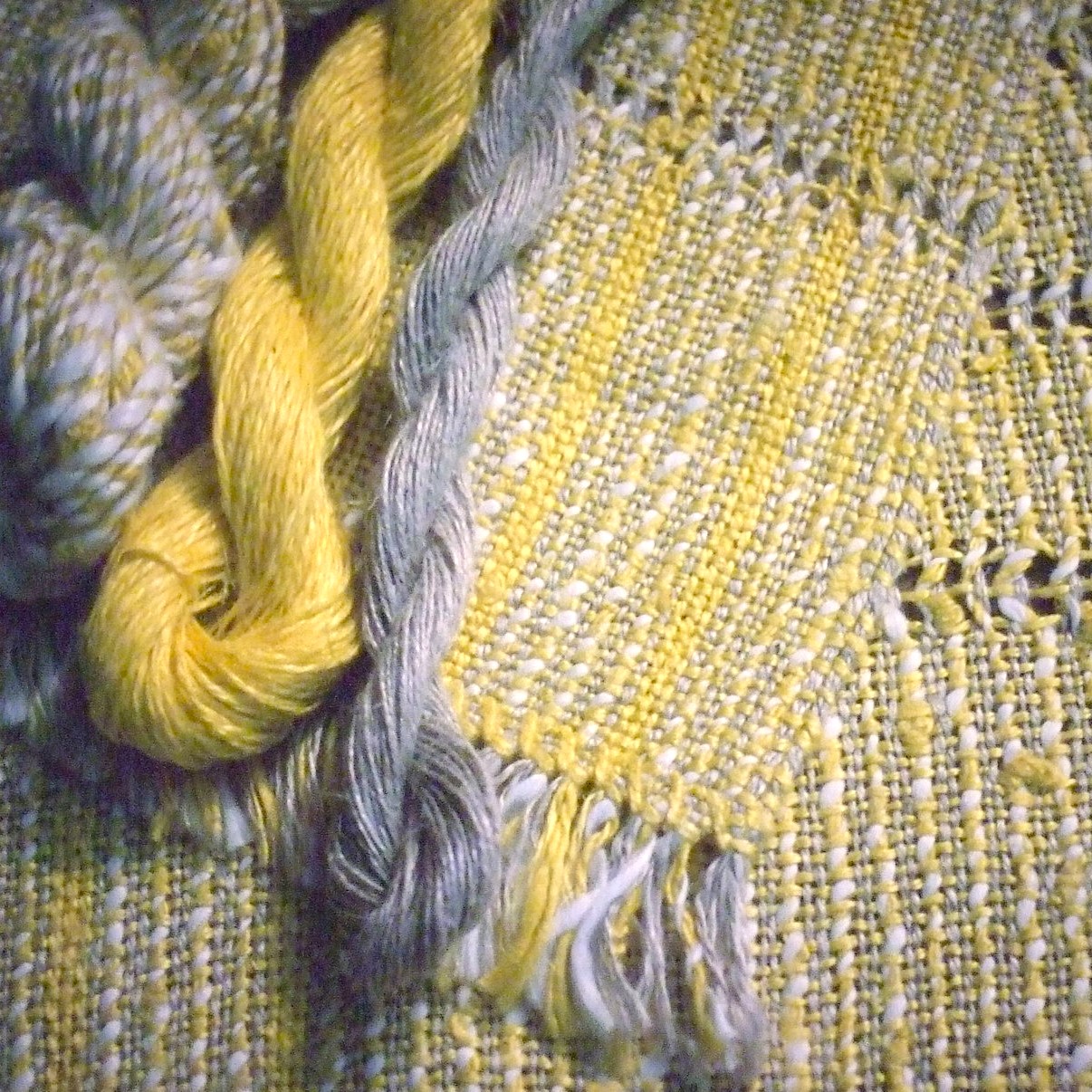
Bast Fibers Plus: Spinning It All ~ FULL
Historically bast fibers have filled our linen closets and kept us clothed. These fibers are often proclaimed the oldest fibers found and dated archaeologically. Flax, hemp, ramie, and bamboo were important bast fibers grown in different world areas and cultures.
Learn More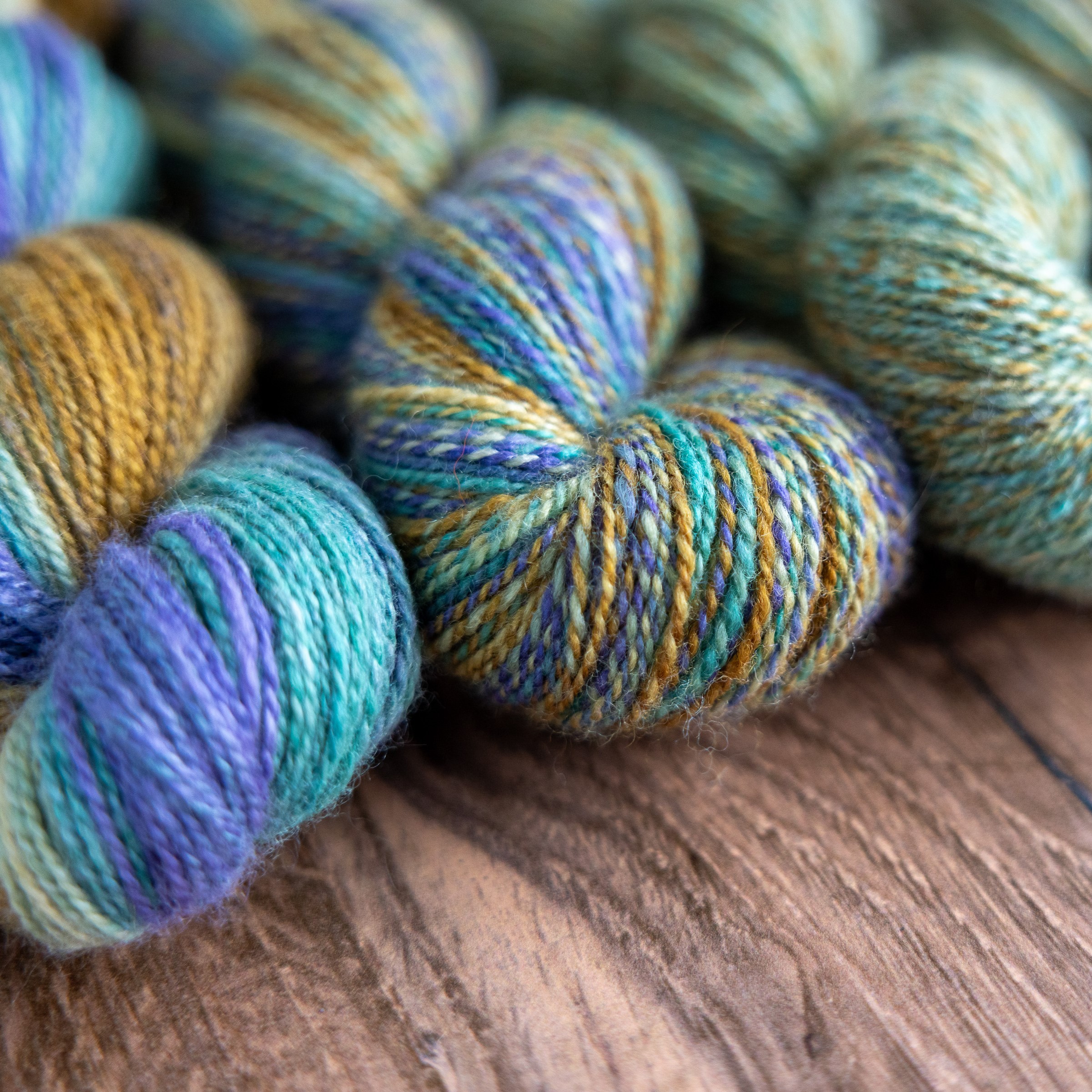
One Handpainted Braid – Six Different Color Effects ~ CLOSED
Handpainted braids are wonderful sources of inspiration. Although much of the color work has been done by the dyer, it is up to you, the spinner, to effectively manage the color using color management techniques which lend your handspun a greater sense of balance, proportion and unity.
Learn More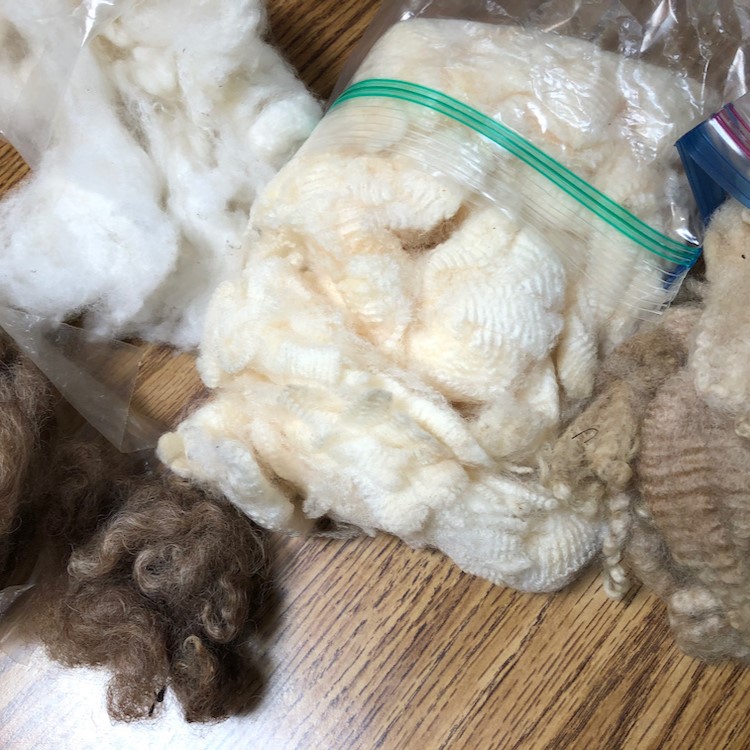
Sheep to Skein
Many handspinners are eager to work with locally-grown wools, but may not feel sure of how to get started. In this workshop, we will discuss ways to connect with local wool growers, and what to do with your fresh fleece.
Learn More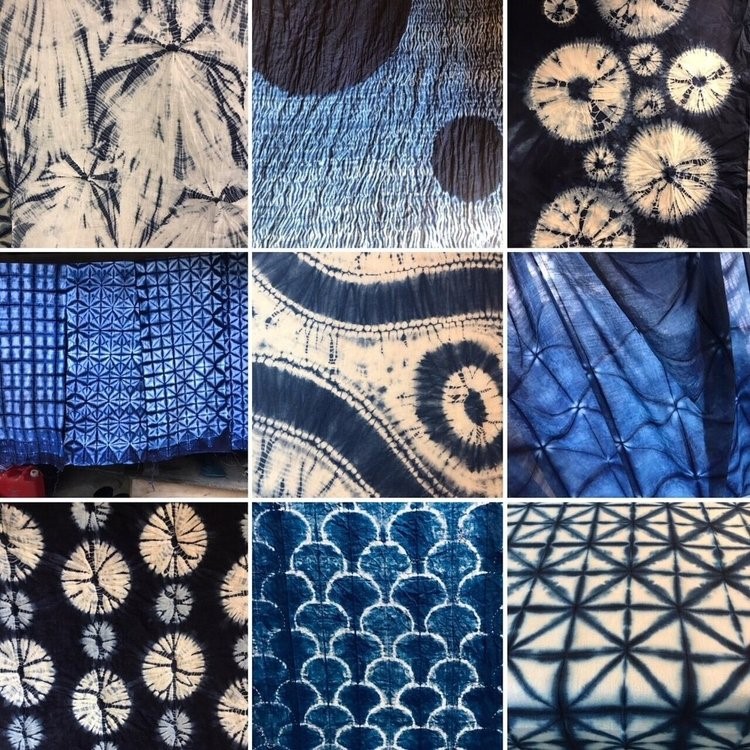
Out of the Blue: Shibori and Indigo
Indigo is an ancient dye derived from the leaves of plants and surrounded by magic, mystery, and folklore. Discover how the leaves ‘make blue’ by learning about the character and chemistry of the indigo vat, then prepare your fabric for dyeing using traditional shibori resist techniques.
Learn More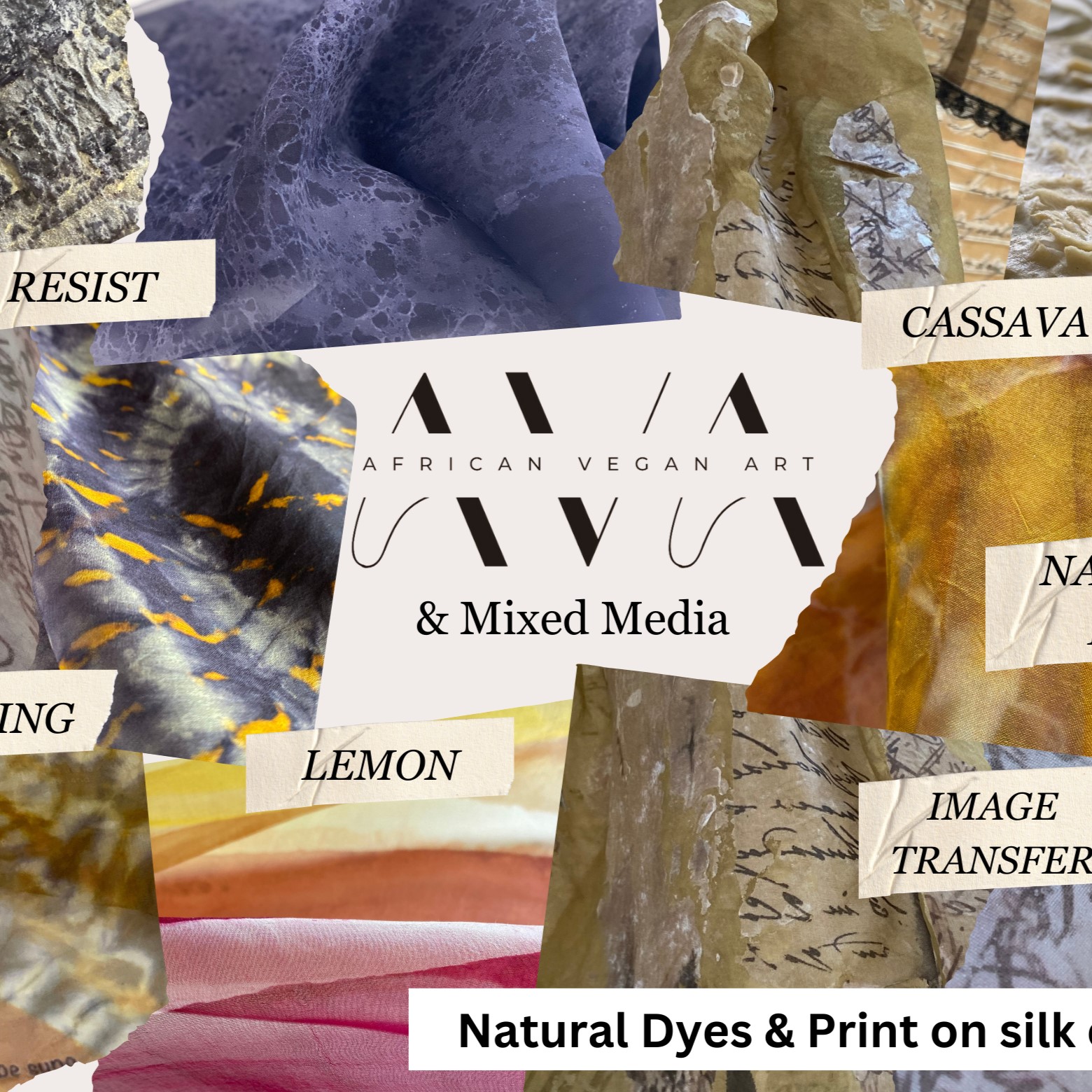
African Vegan Art and Mixed Media ~ CLOSED
African Vegan Art is inspired by Bògòlanfini (mud-cloth) art – a handmade cotton fabric traditionally dyed with fermented mud and natural dyes, originating from Mali, West Africa. Learn this historical textile dyeing technique, and create stunning personalized artwork on silk to convey your story.
Learn More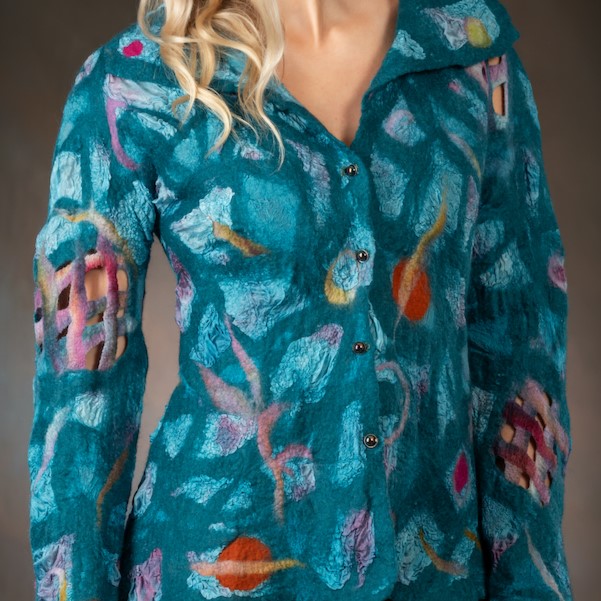
Mosaic Nuno Felt Coat
Learn mosaic nuno felt techniques that are perfect for using recycled fabrics, along with a few silks, while making a custom fit coat.
Learn More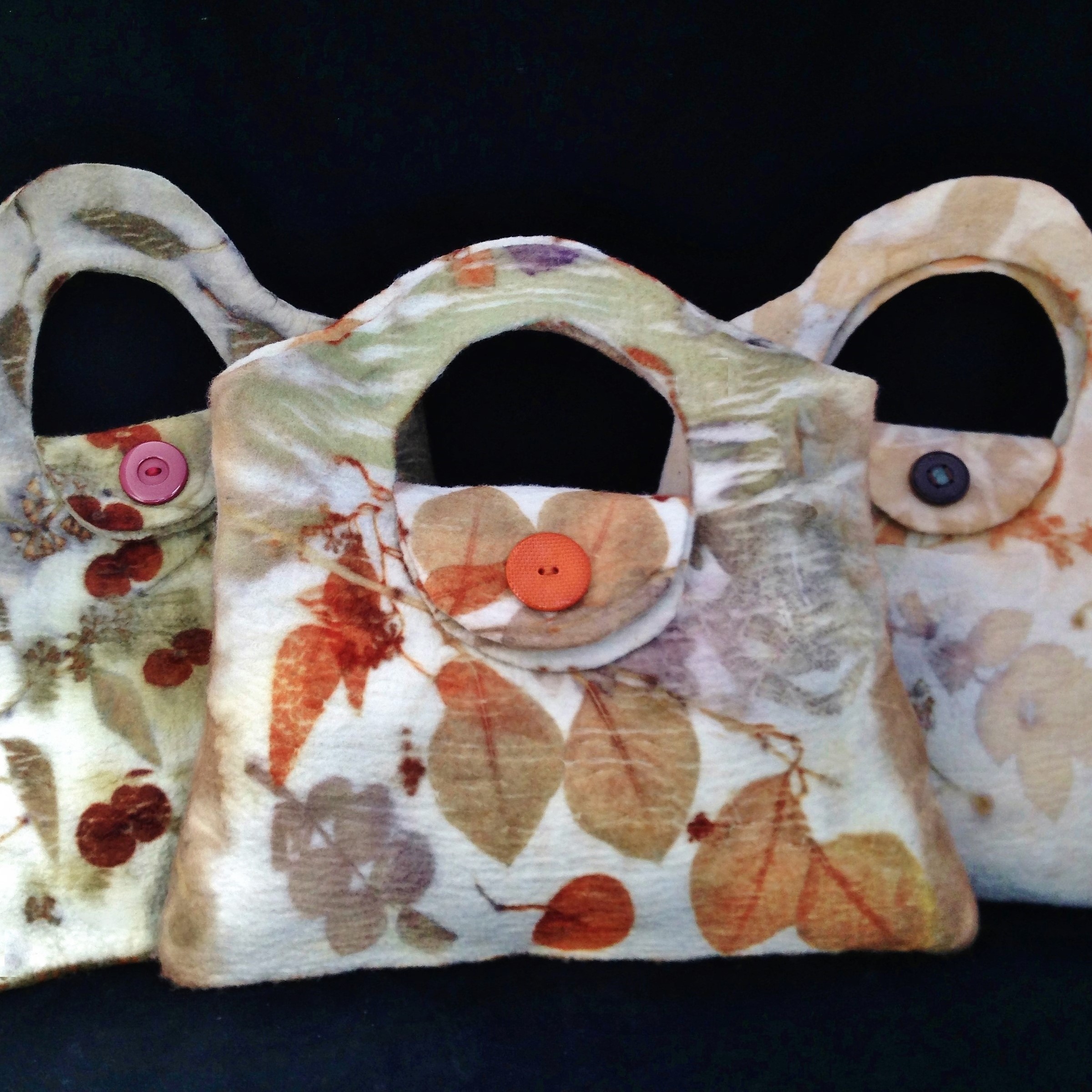
Eco-Printed Felt Bags: Combining Felt and Nature
Create beautiful eco-printed bags using the wet-felting method with natural Merino wool top and eucalyptus leaves.
Learn More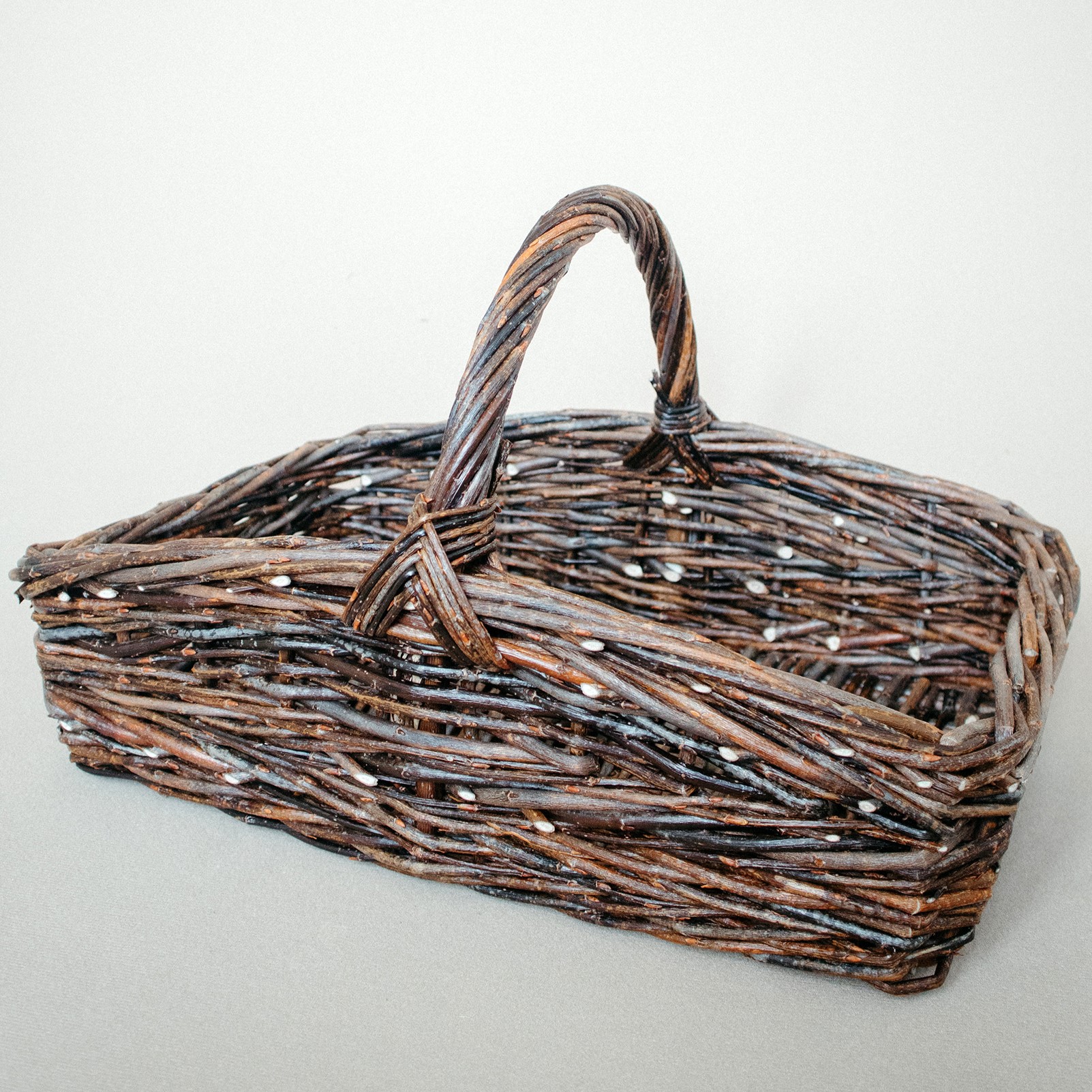
Willow Garden Trug~ FULL
Construct a functional garden trug from willow using traditional European stake and strand techniques. Students will learn how to weave a rectangular base, sides, border, and handle.
Learn More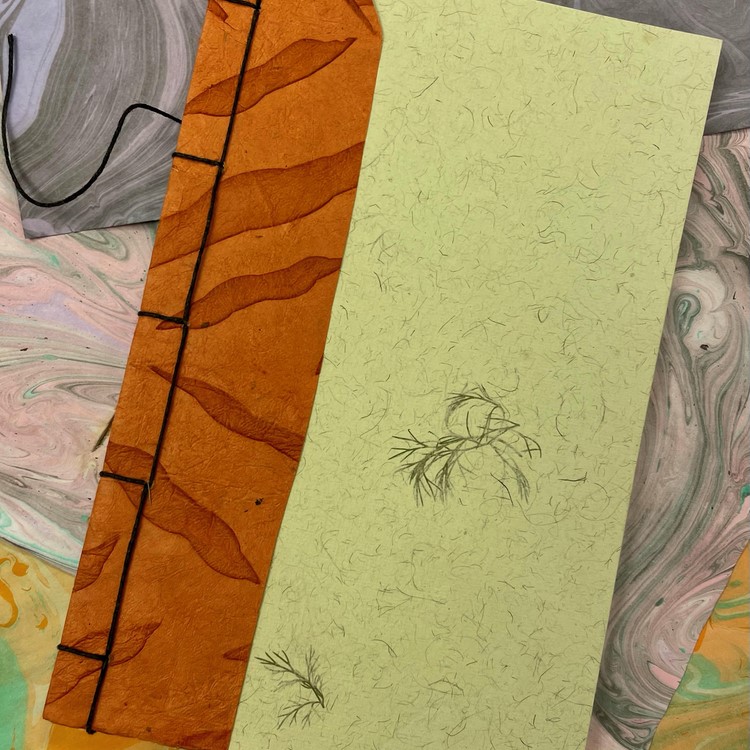
Suminagashi Marbling and Asian-style Books
Students in this class will create their own marbled paper by exploring the art of Japanese marbling, then make wonderful books by exploring the traditions of stab binding and origami.
Learn More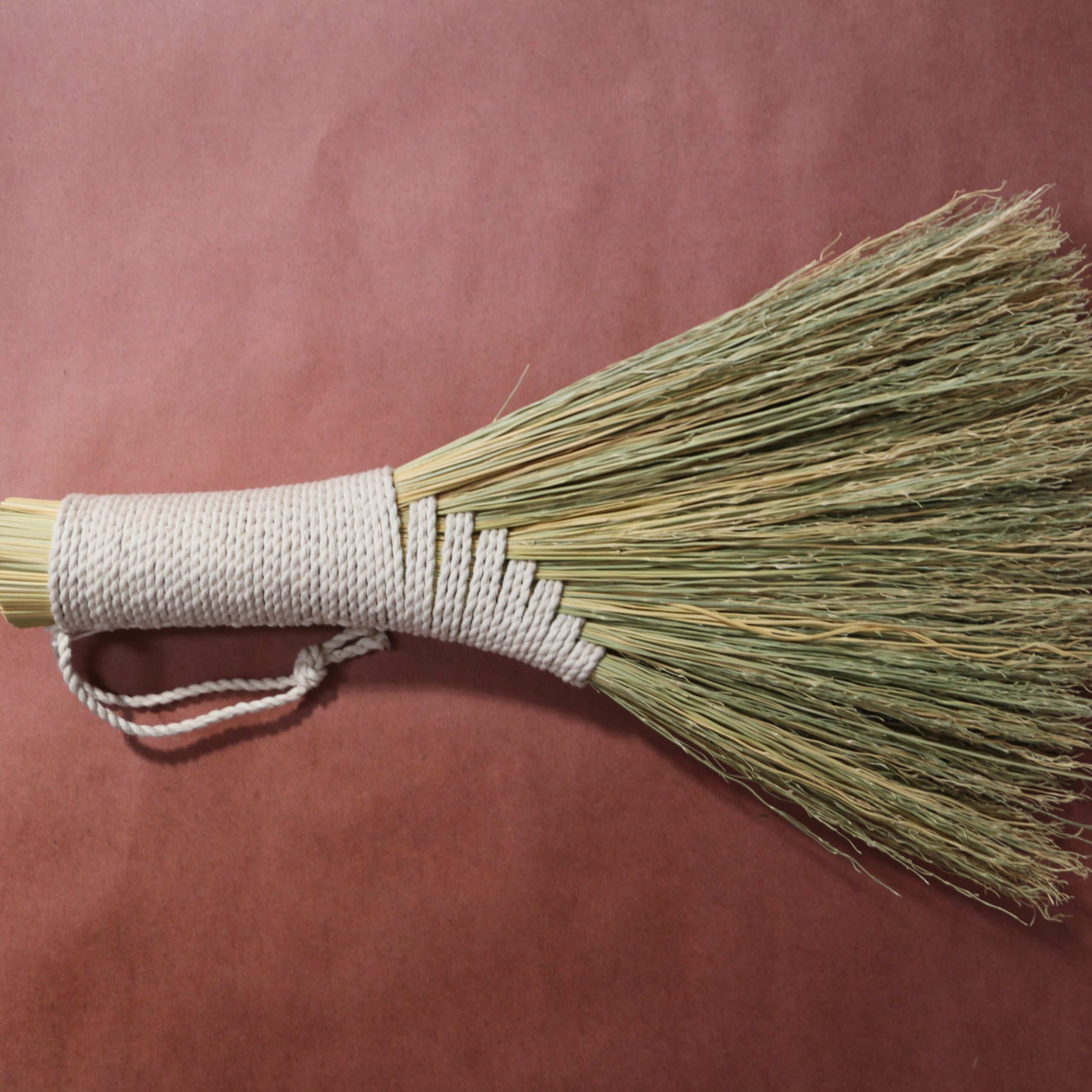
Get Swept Away with Handmade Brooms
Part household essential, part woven sculpture, brooms have a rich history and are fun to make. Come learn to weave classic American sorghum hand brooms and branch out into experimental shapes and bindings.
Learn More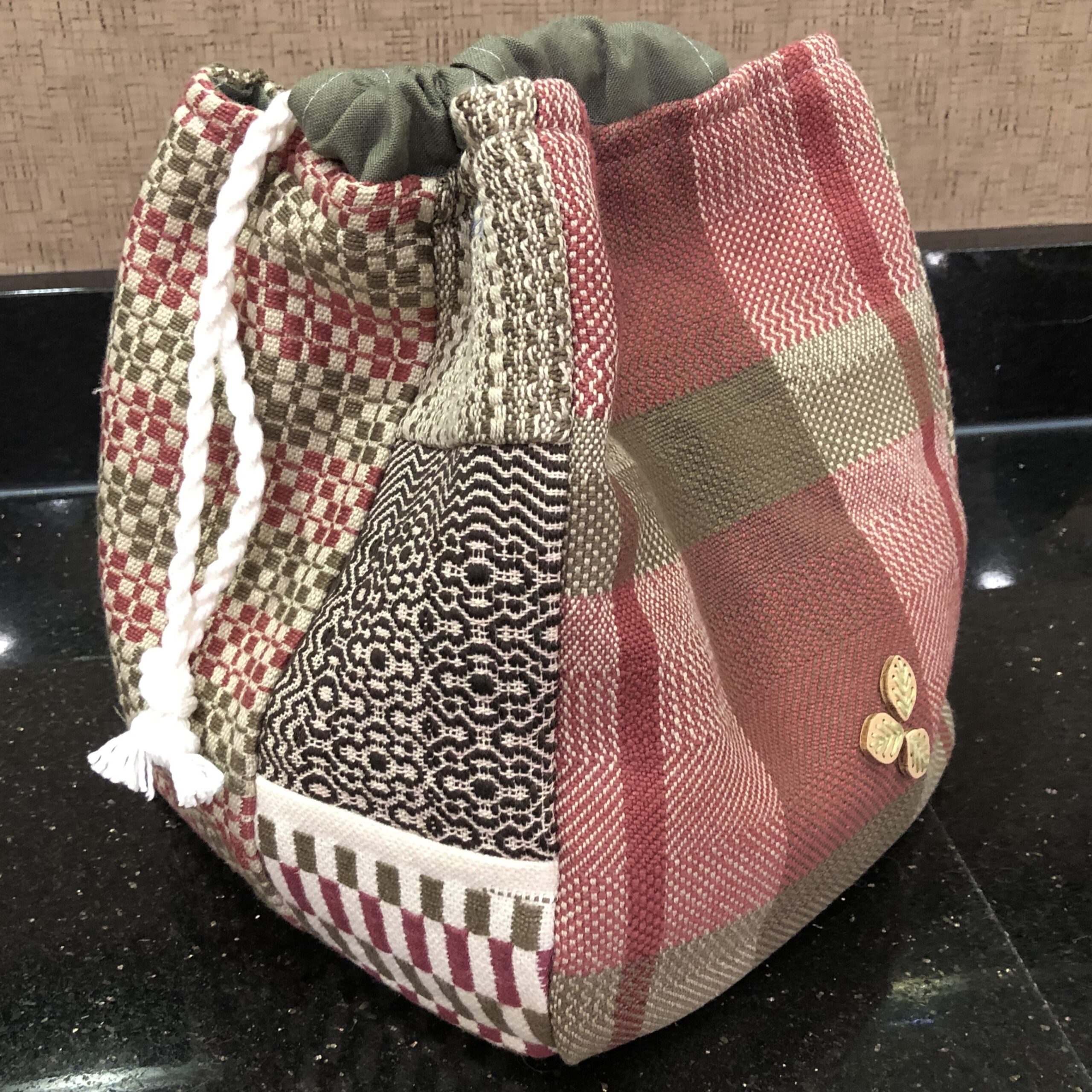
It’s In the Bag
Bring your scraps of handwoven and similar fabrics and construct an embellished bag inspired by Japanese rice bags called Komebukuro.
Learn More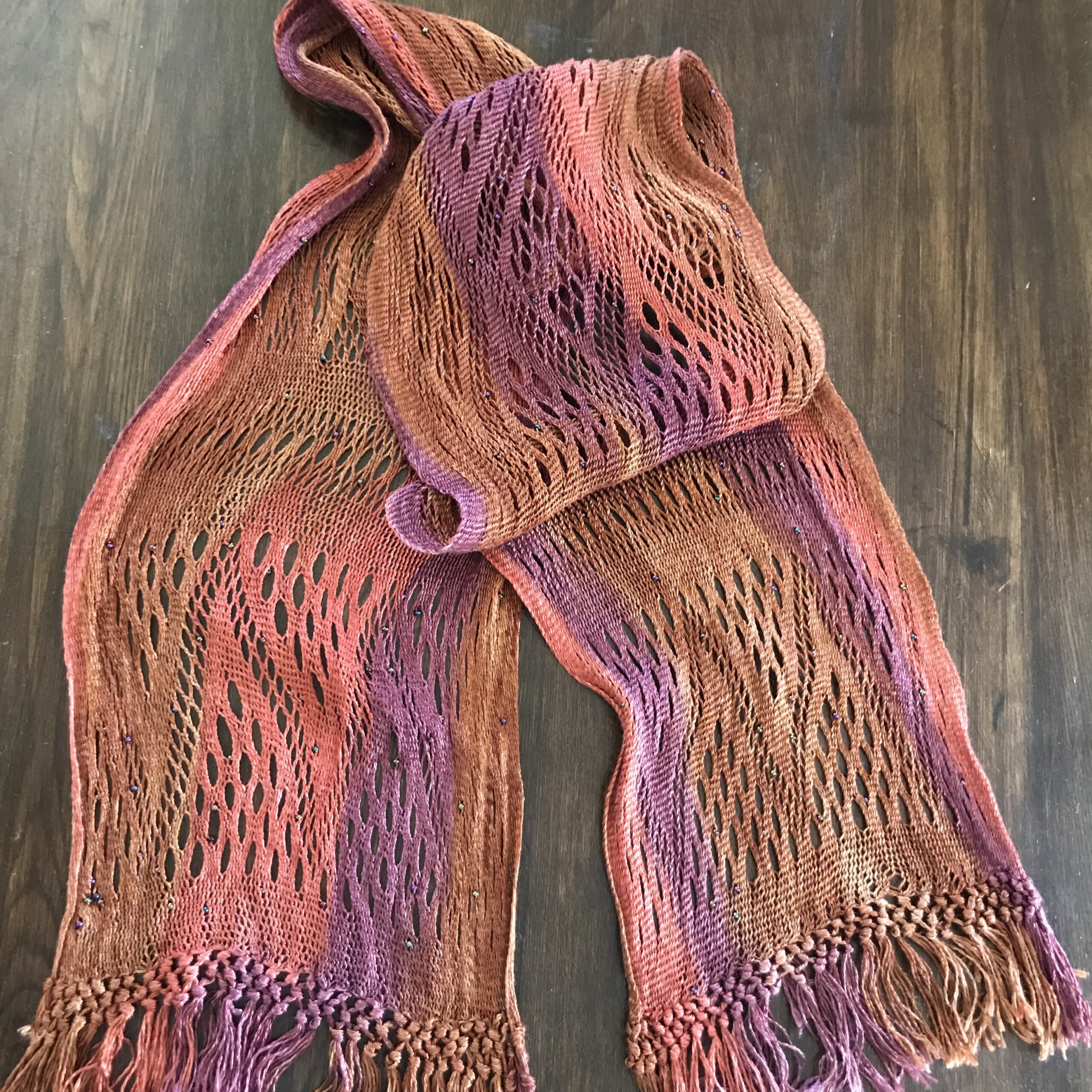
Sprang Lace
So you’ve mastered the basics of sprang, and want to take it to the next step. This class accompanies you on your exploration of sprang lace including warping methods to create a piece that is twice the length of your frame.
Learn More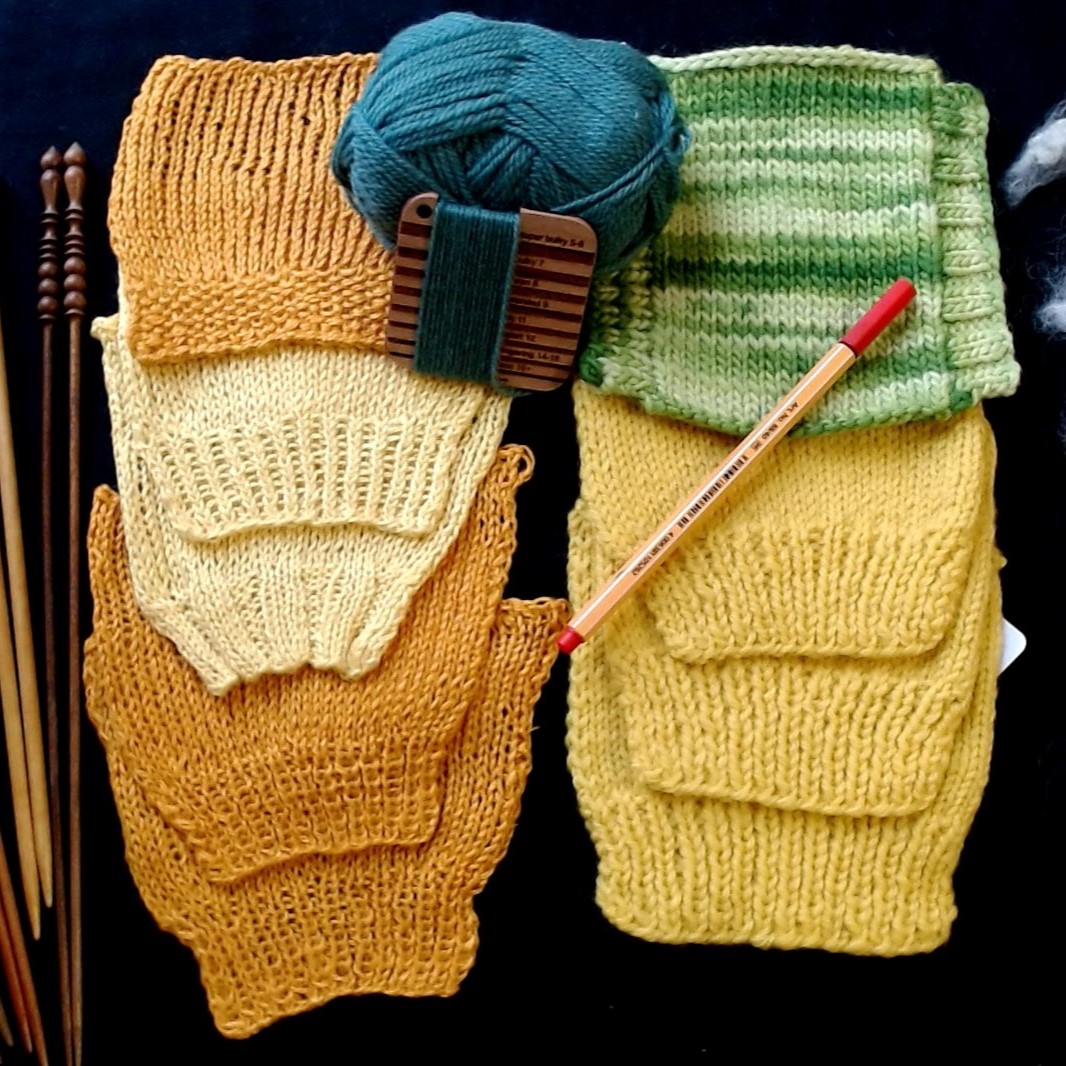
Fiber to Fabric: How the Underlying Fiber Informs the Knitted Fabric~ CLOSED
From dependable sheep’s wool to tricky rayon, every yarn is individual. Each type of fiber, from a specific breed of sheep or other fiber-bearing animal, from plants like bamboo, hemp and flax, manmade or remanufactured, brings its own distinct benefits and challenges to a knitting project.
Learn More


